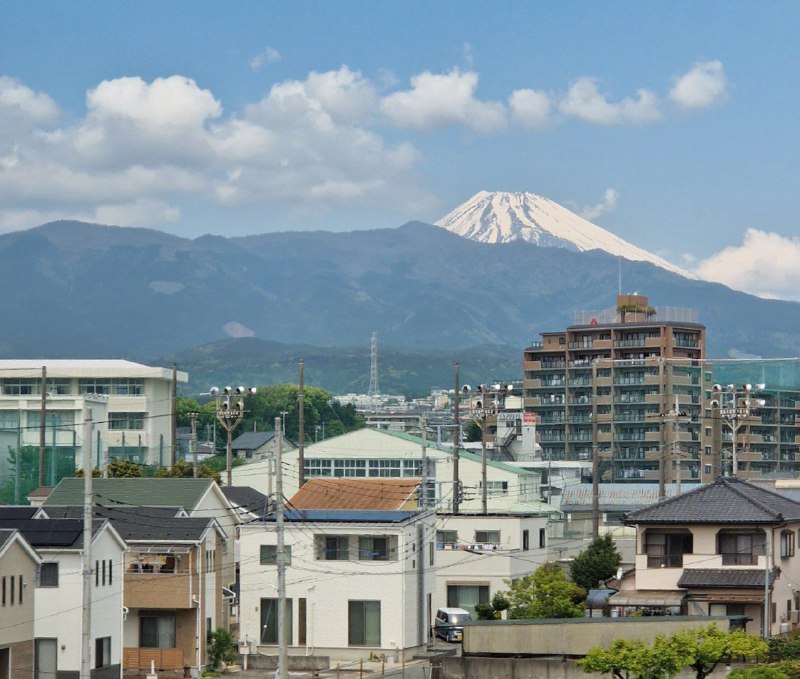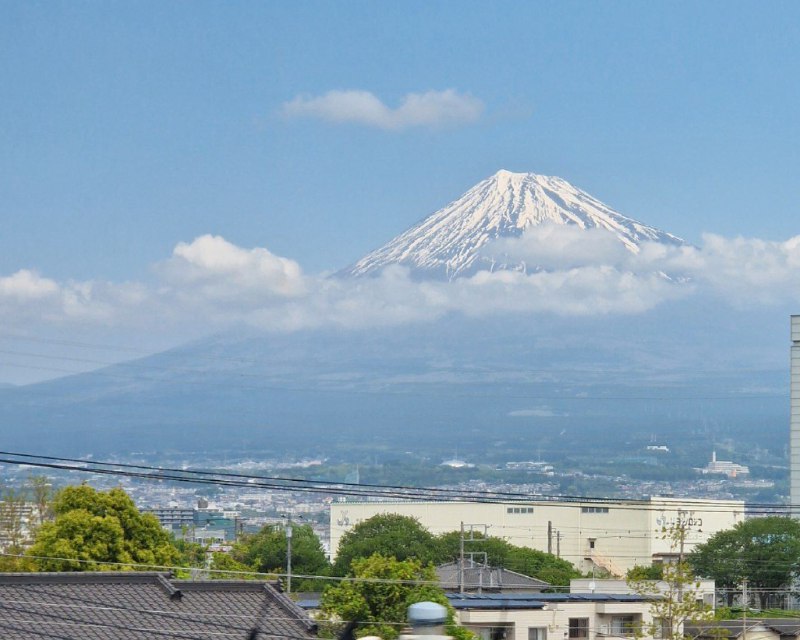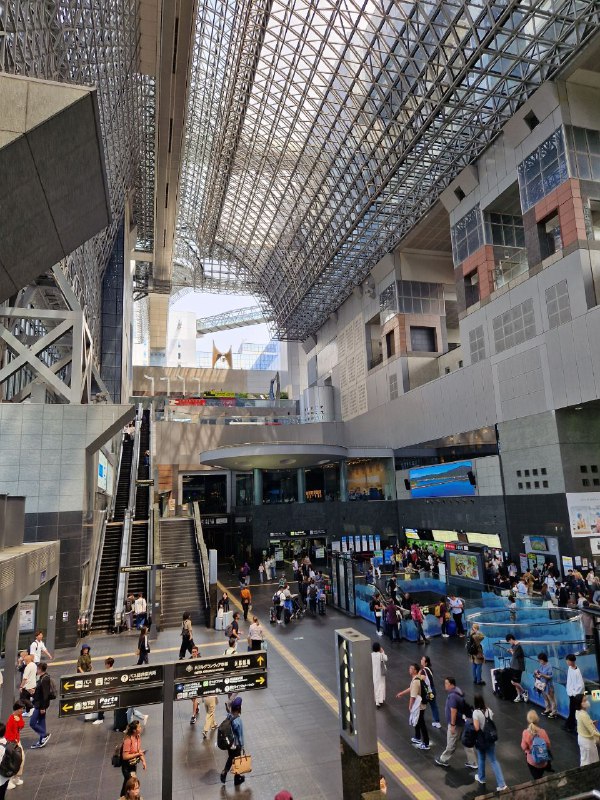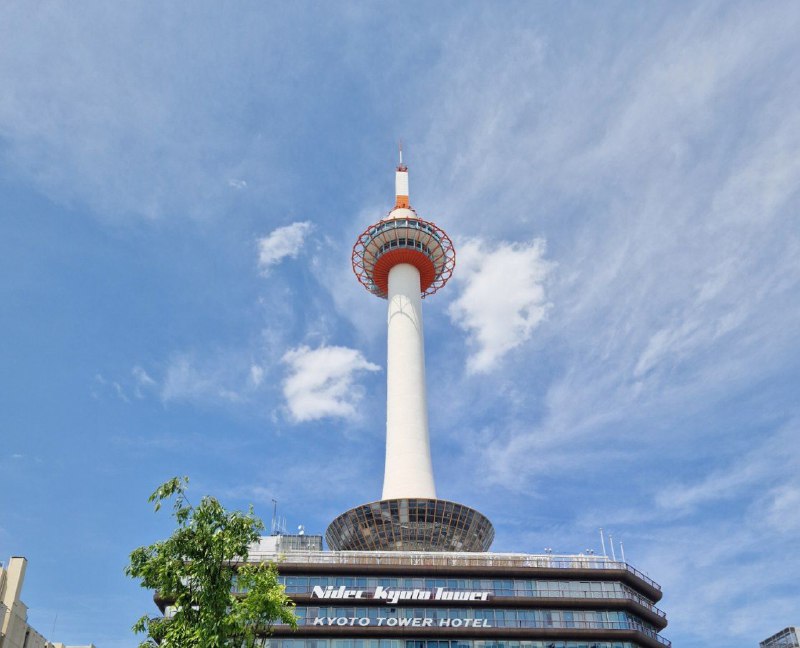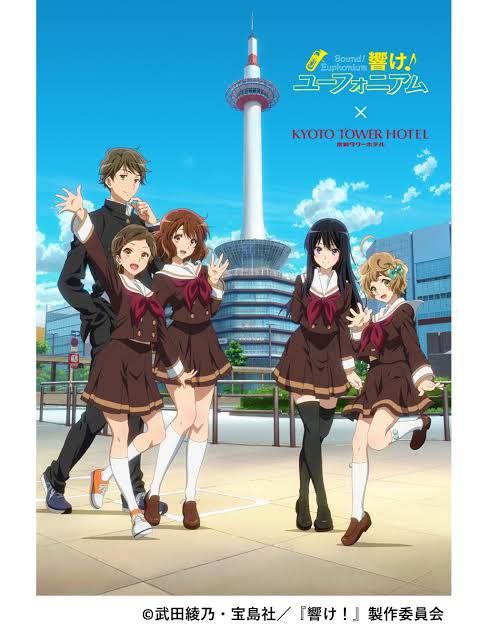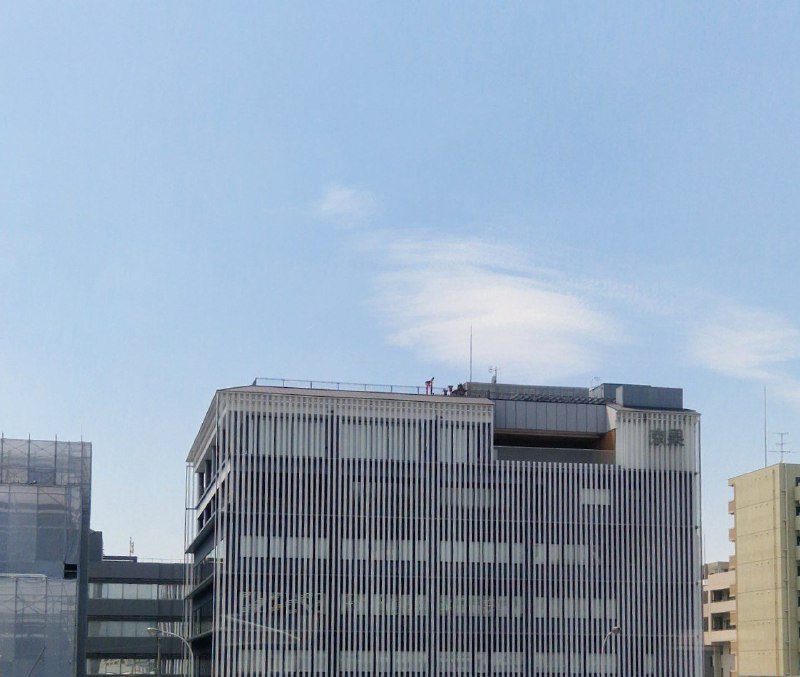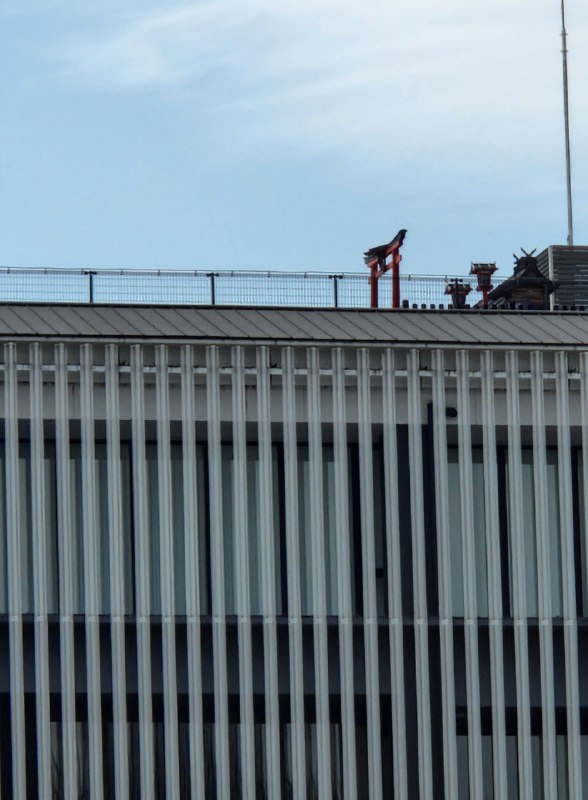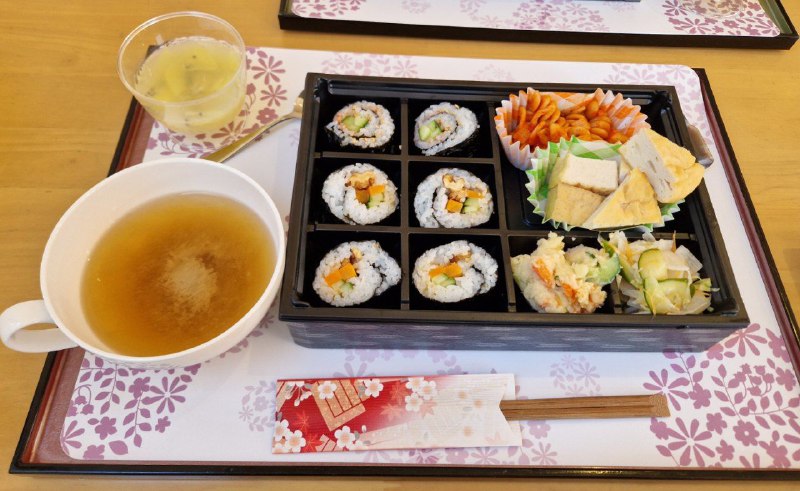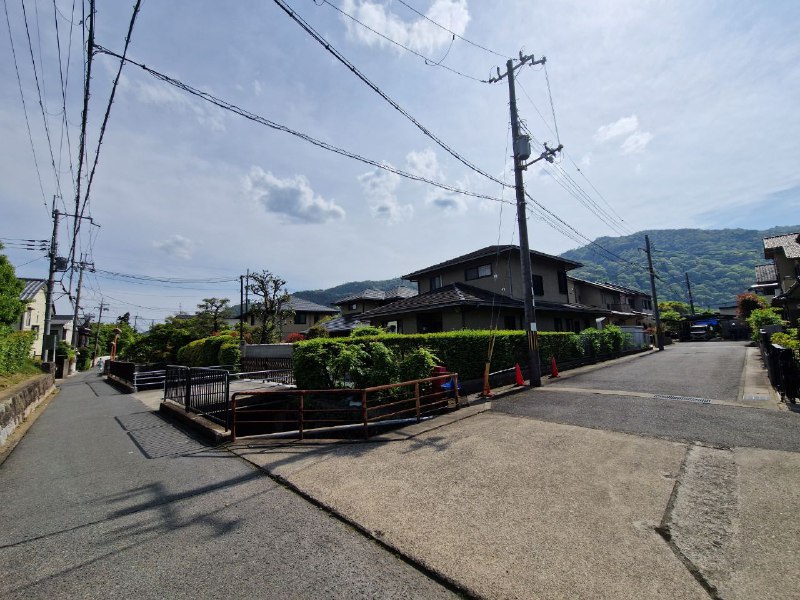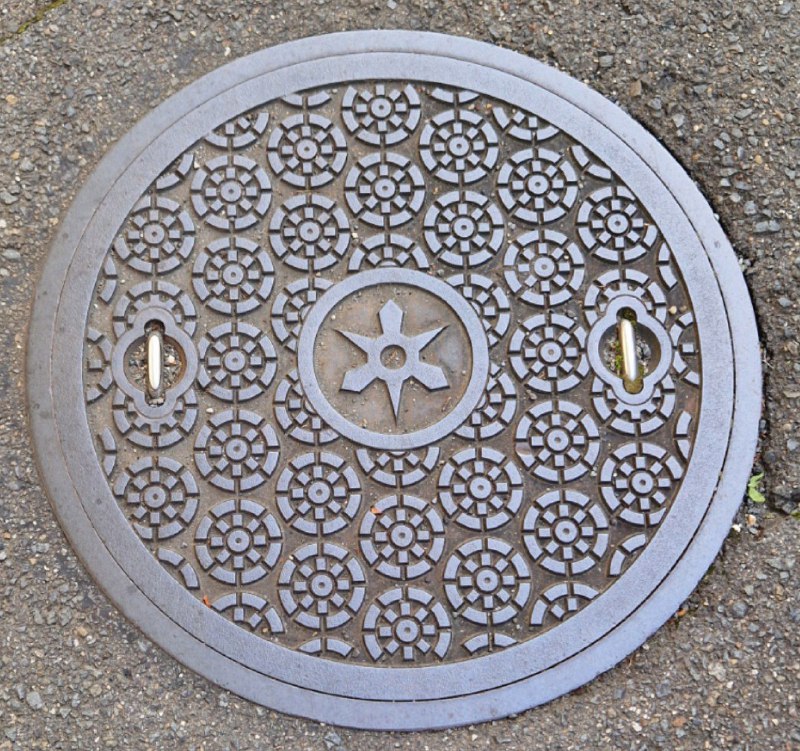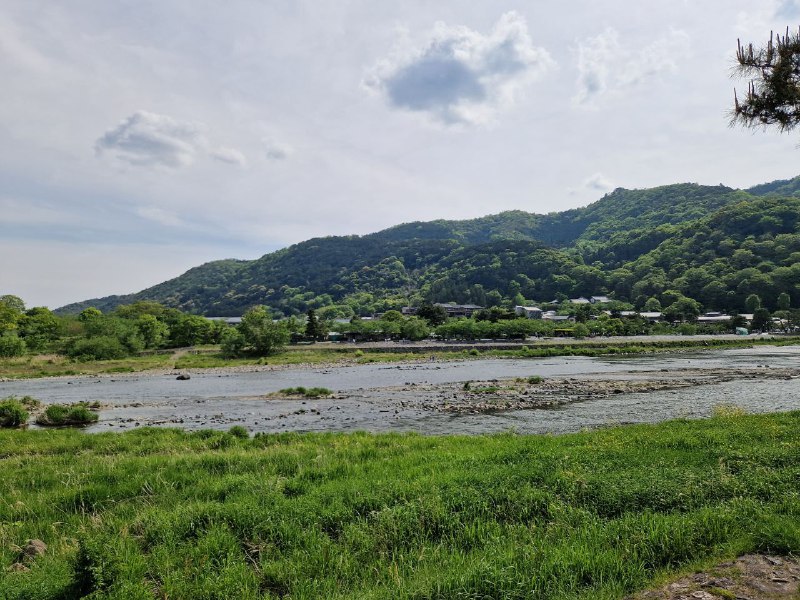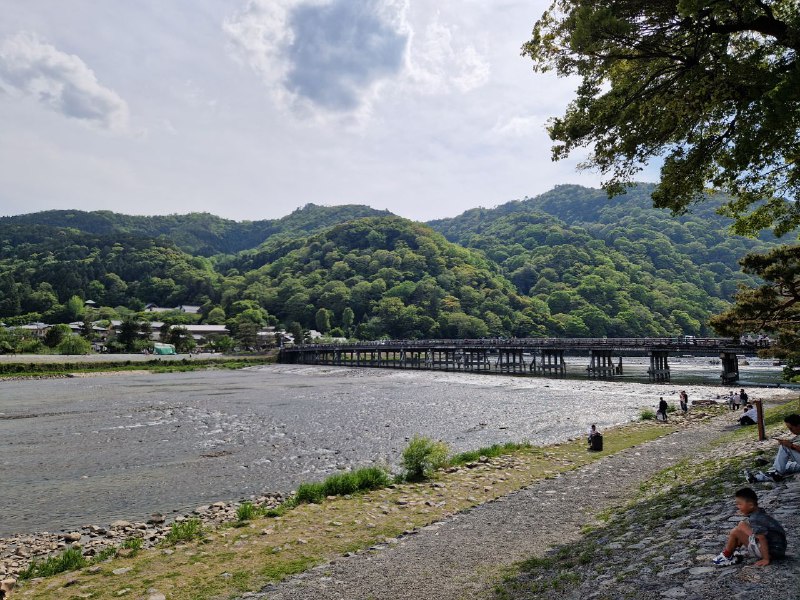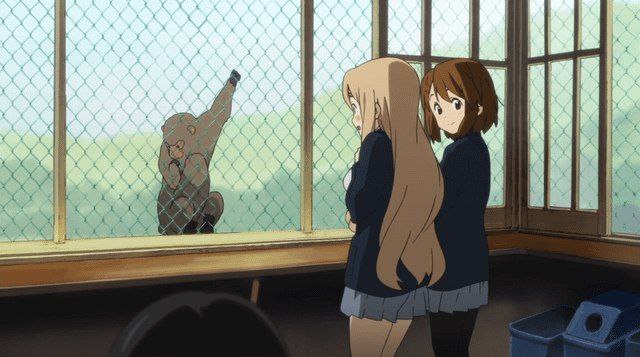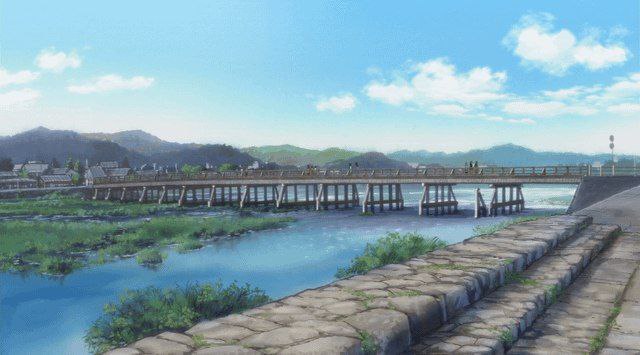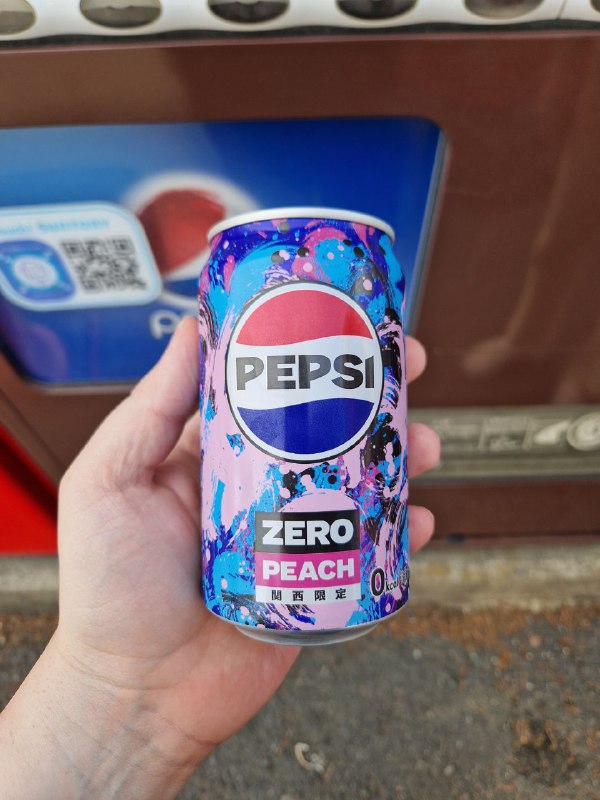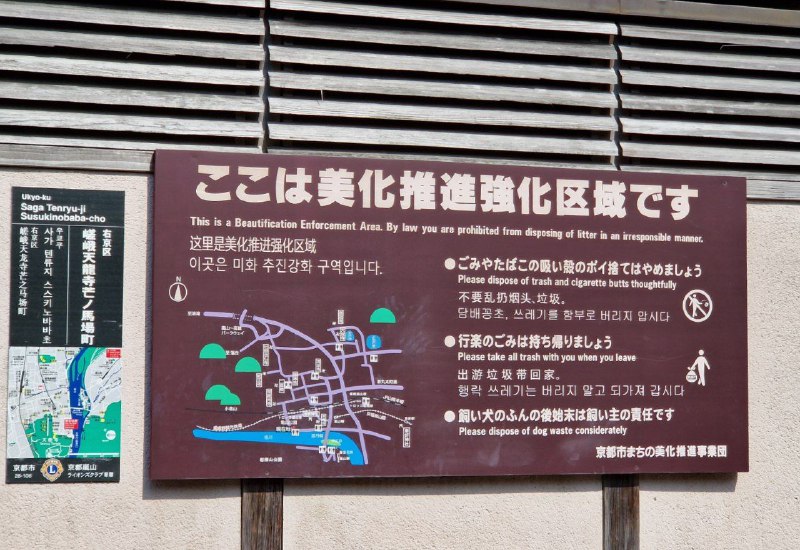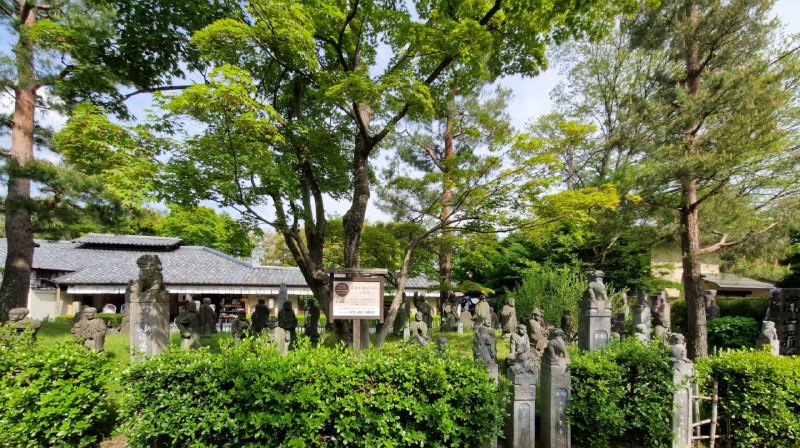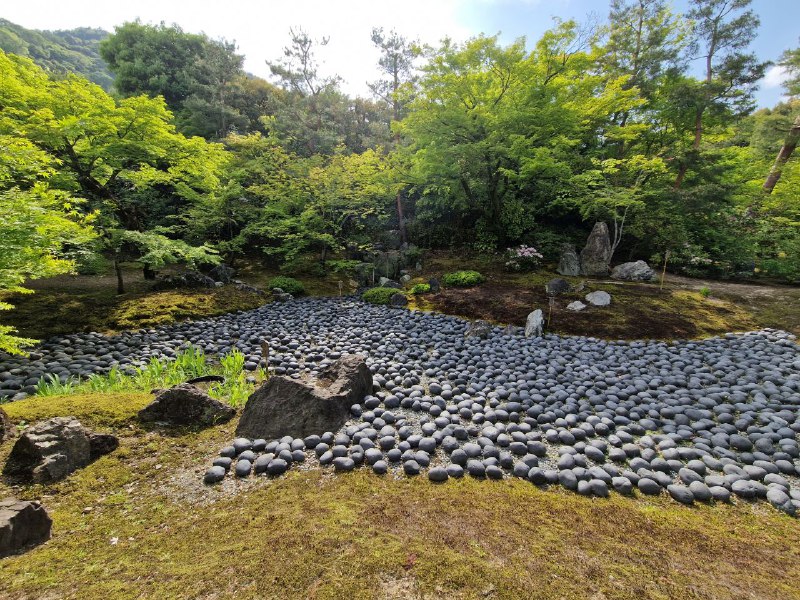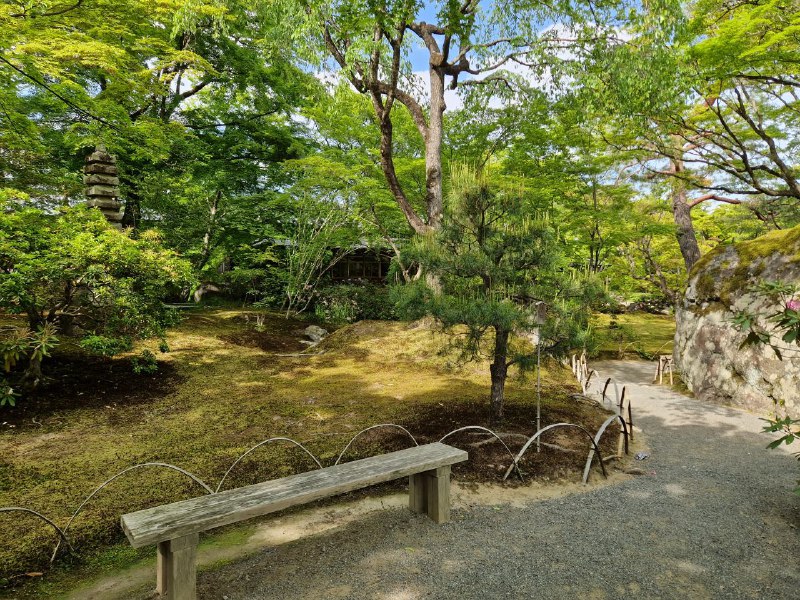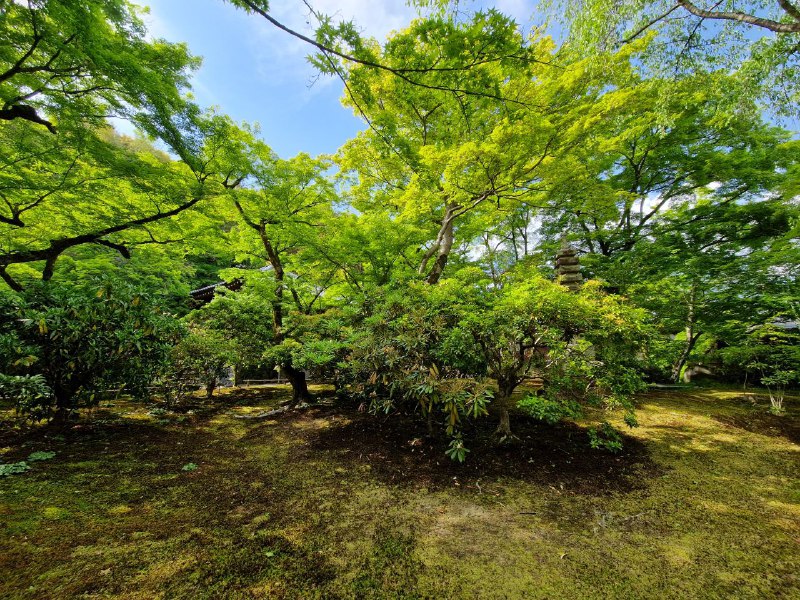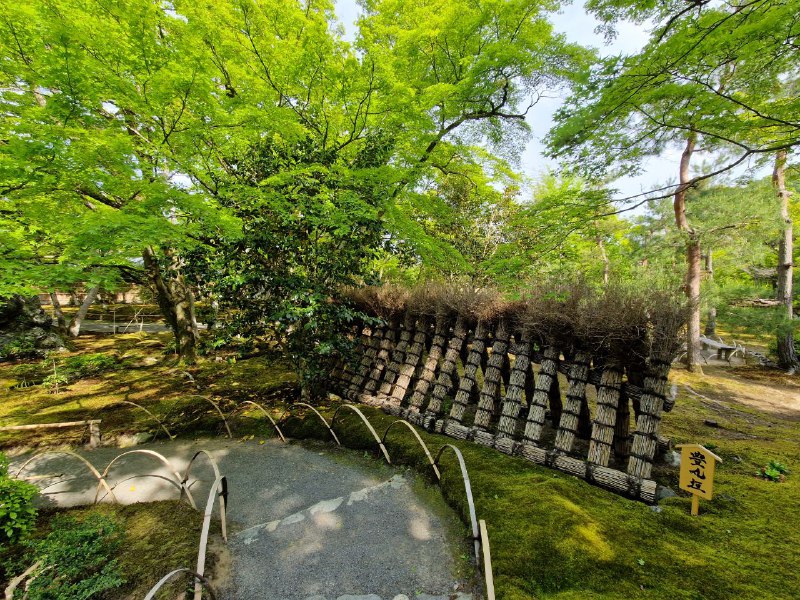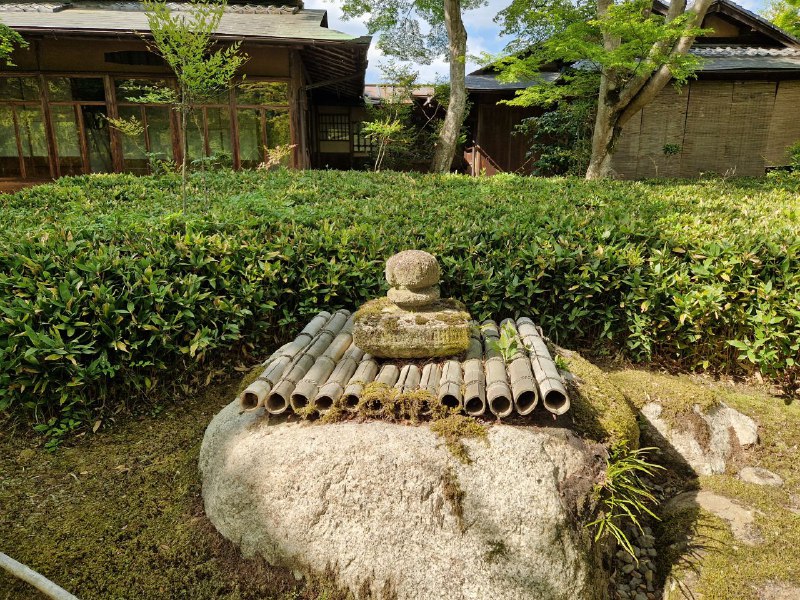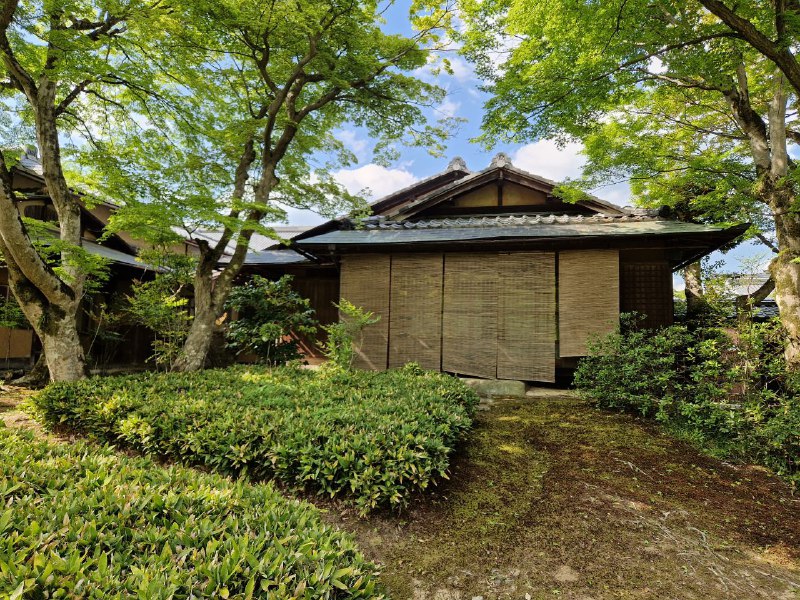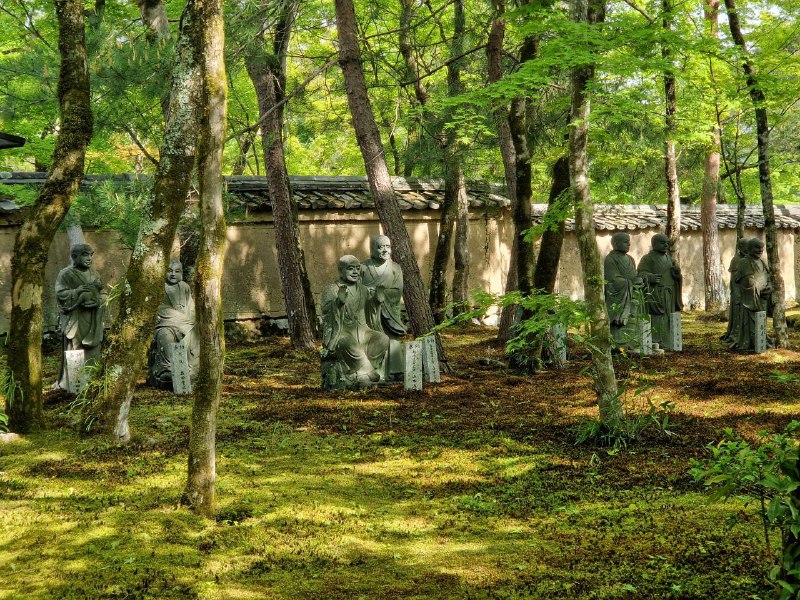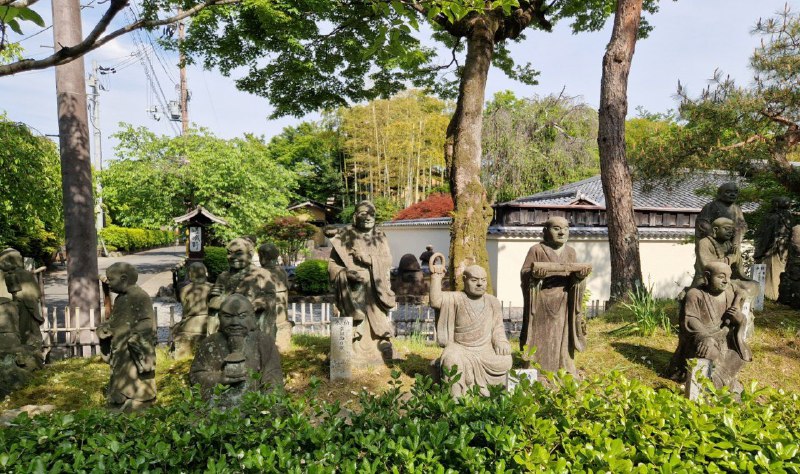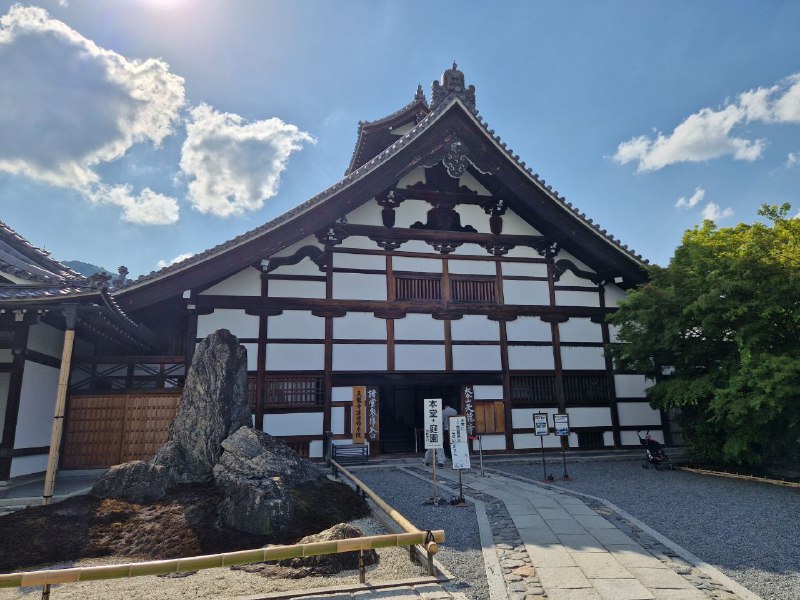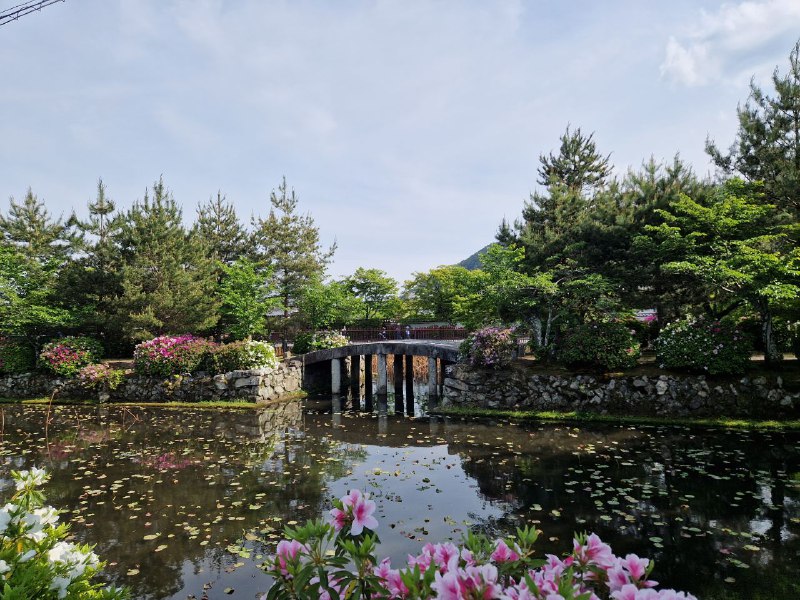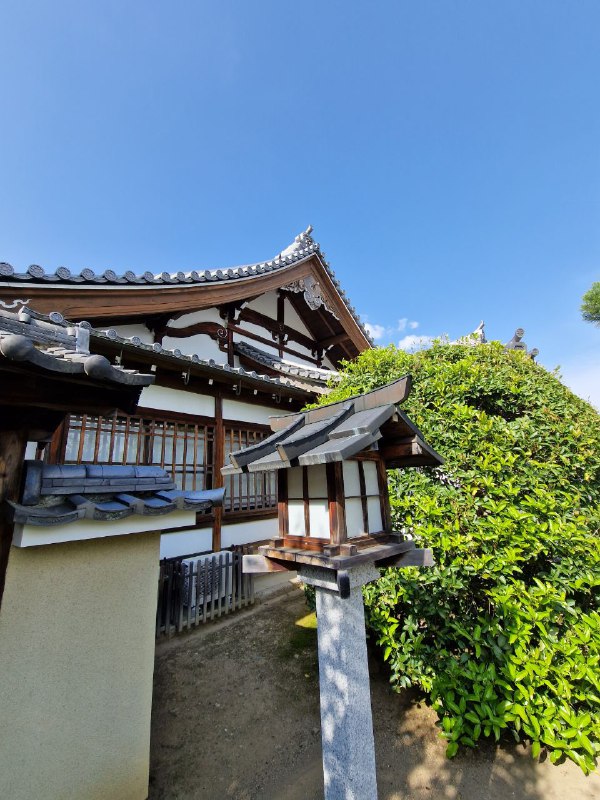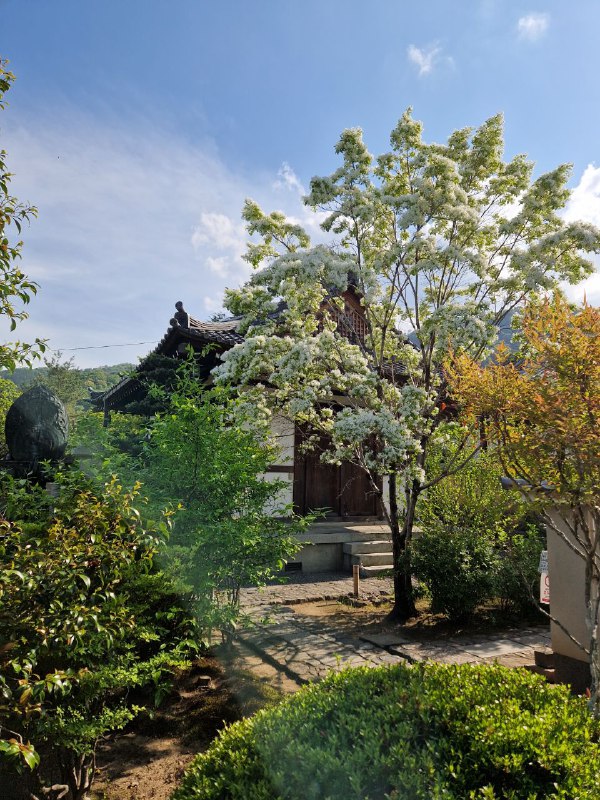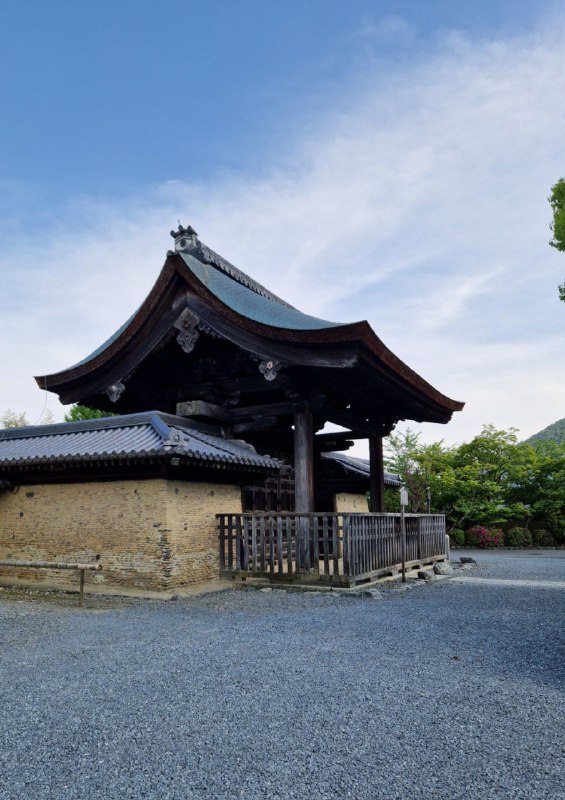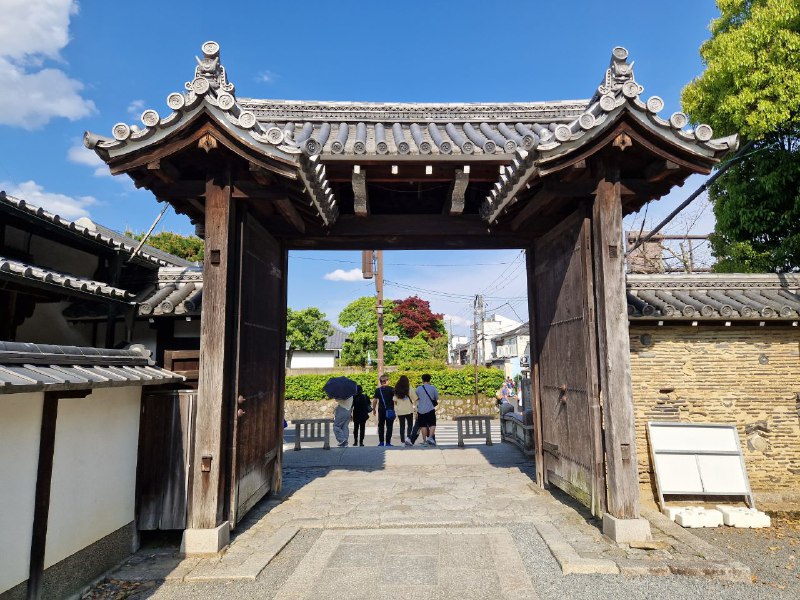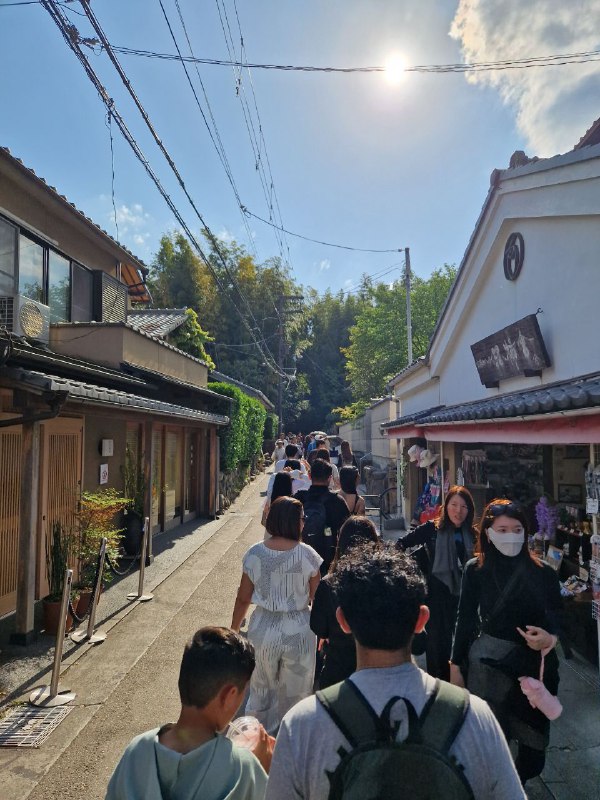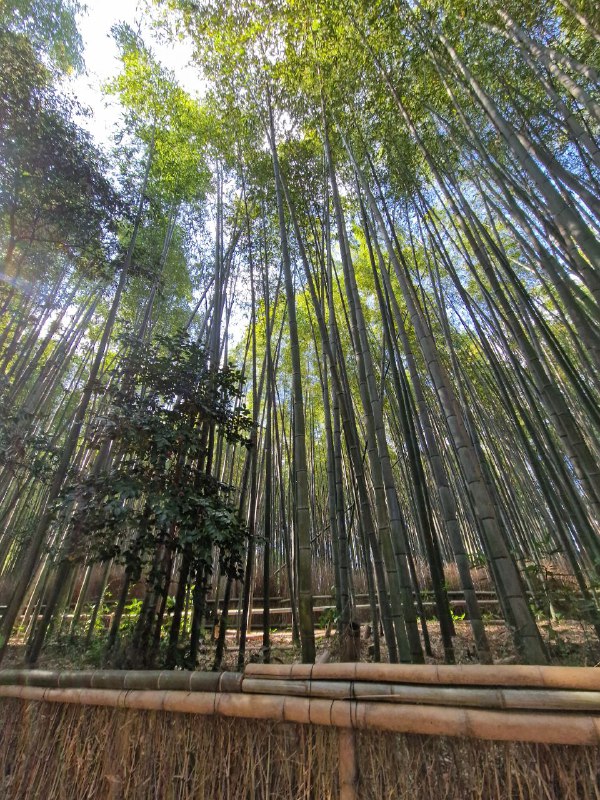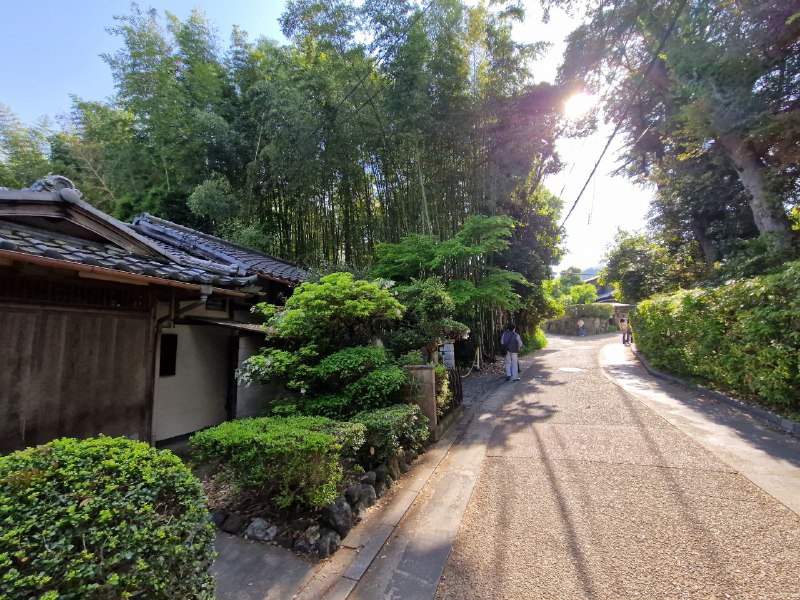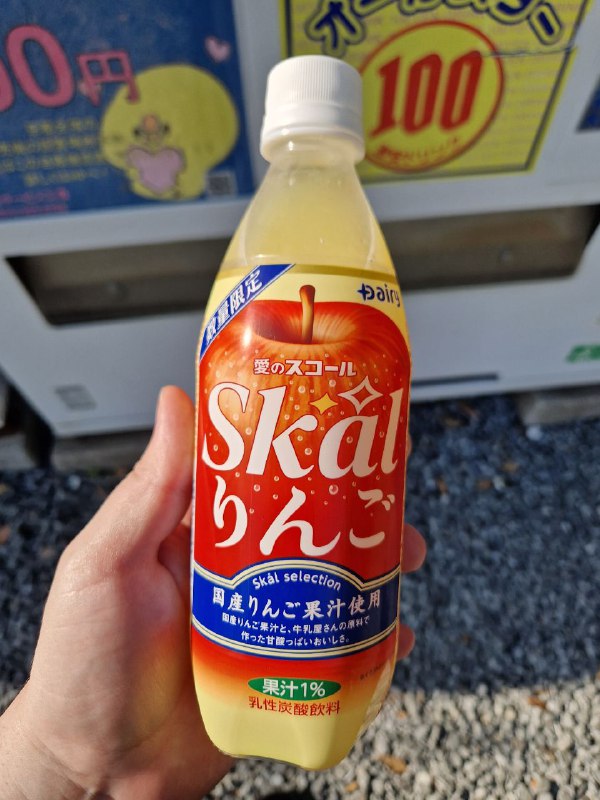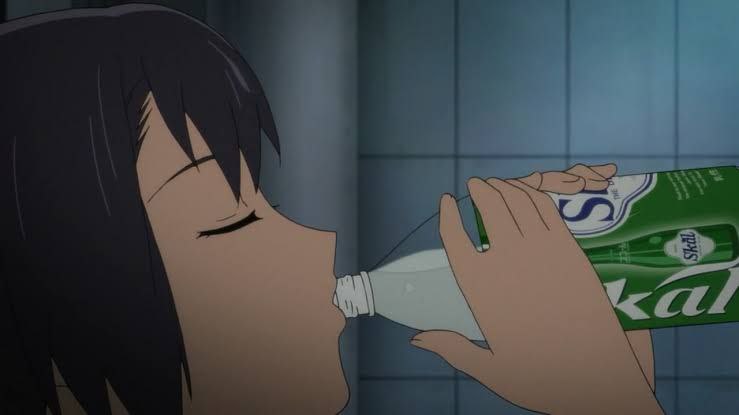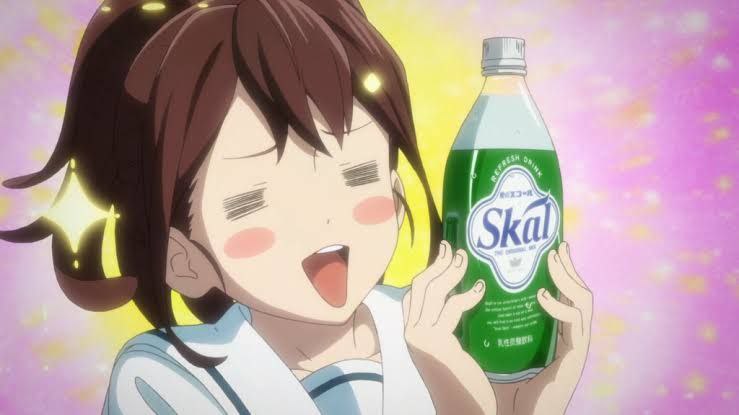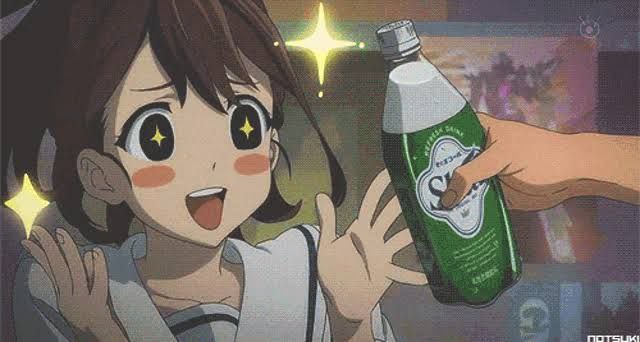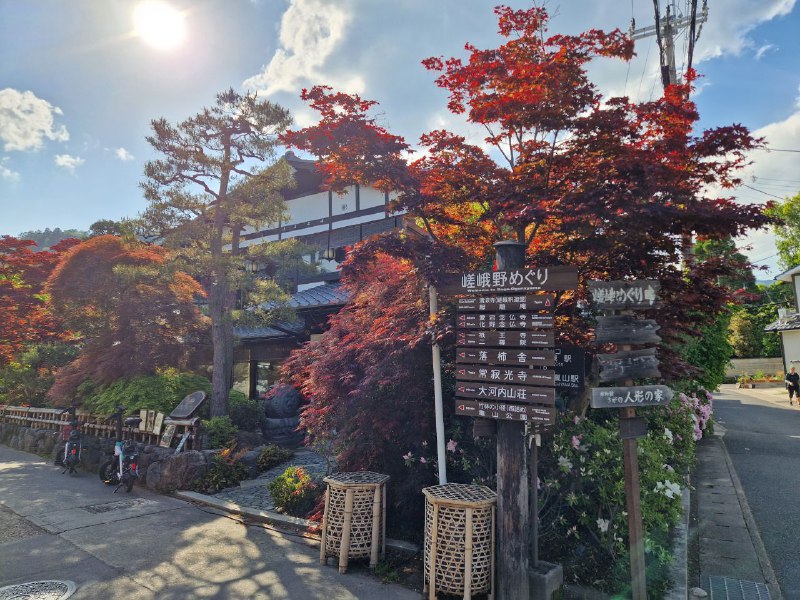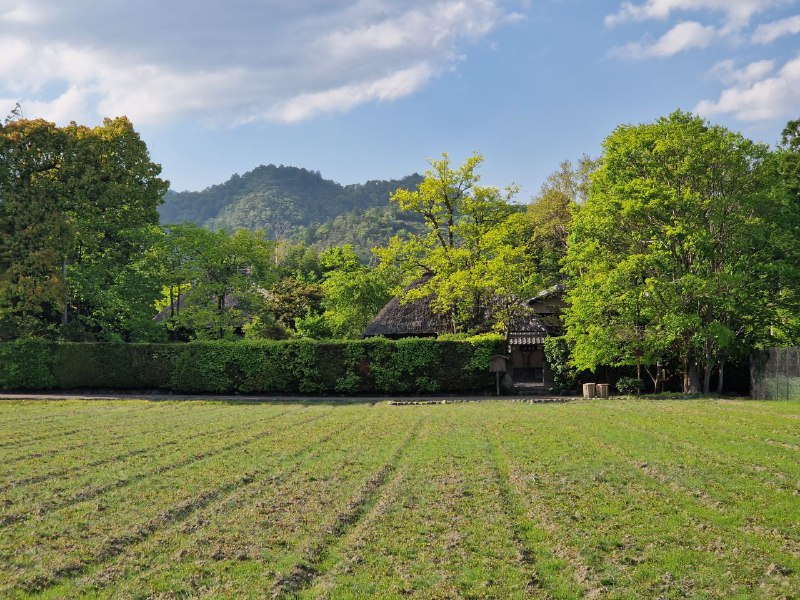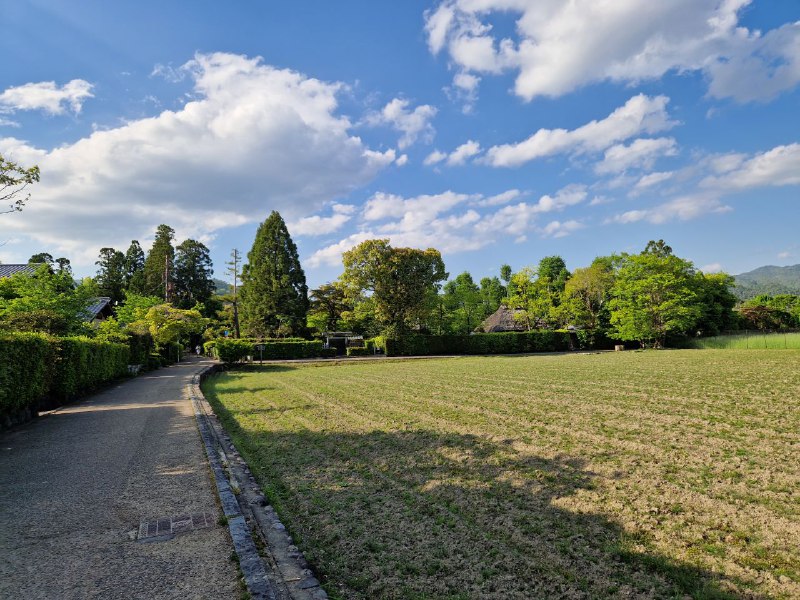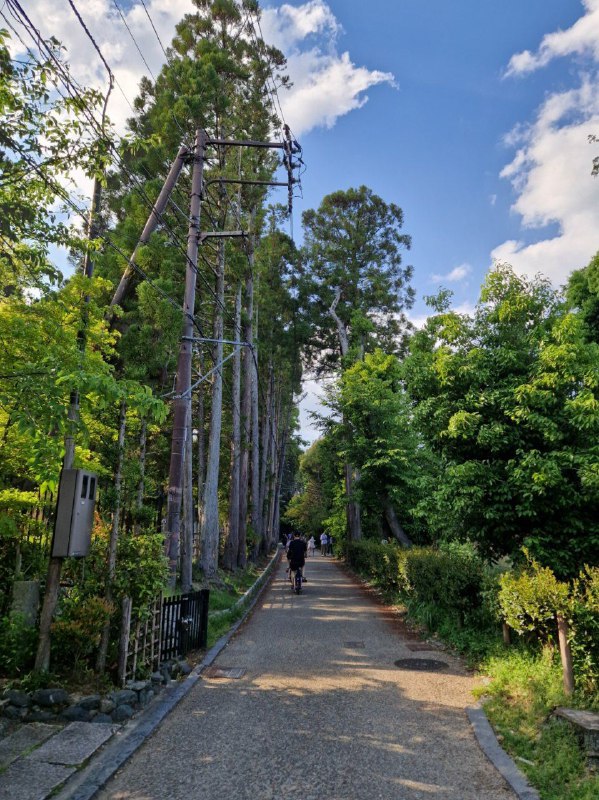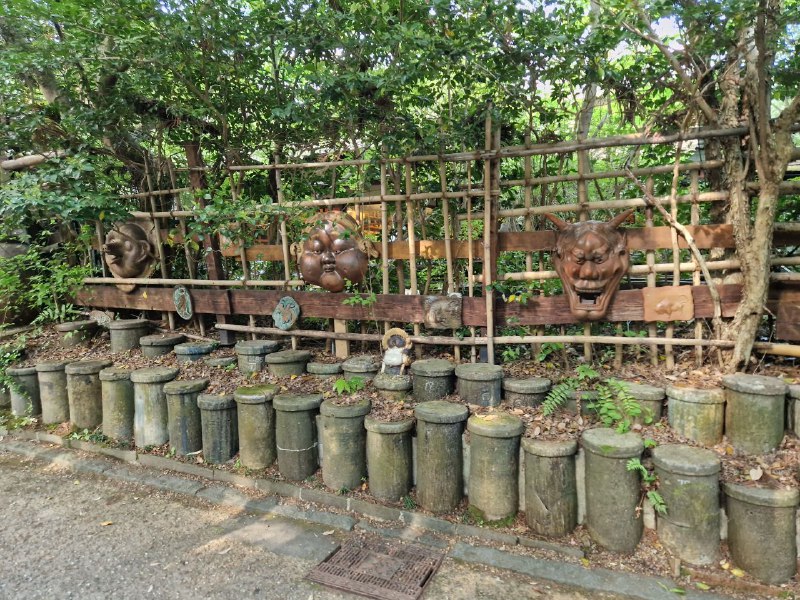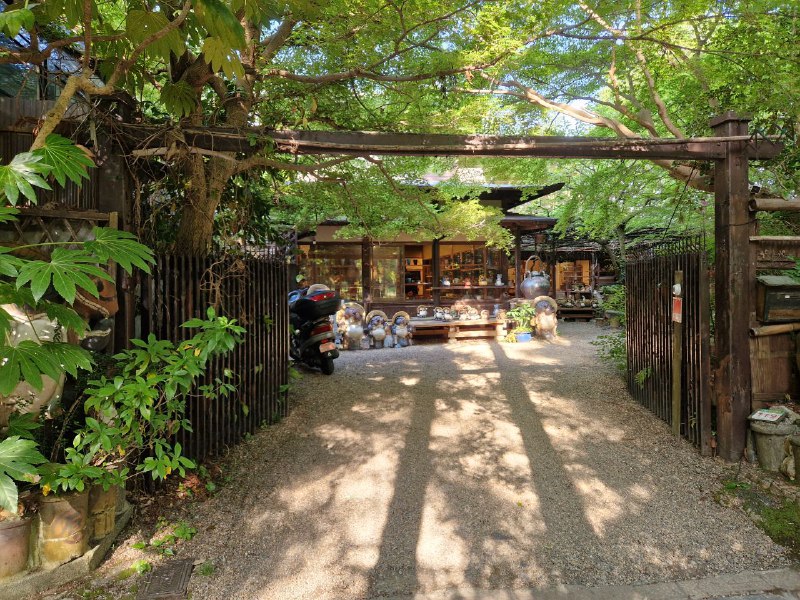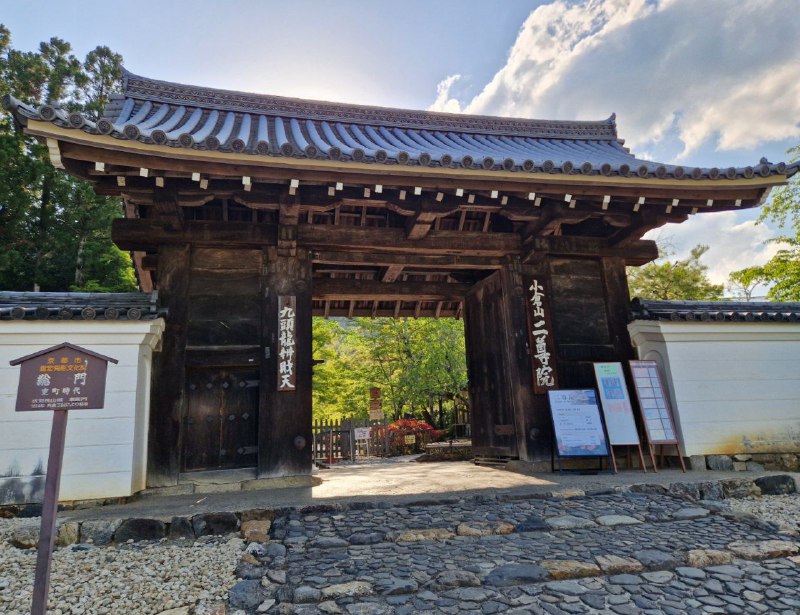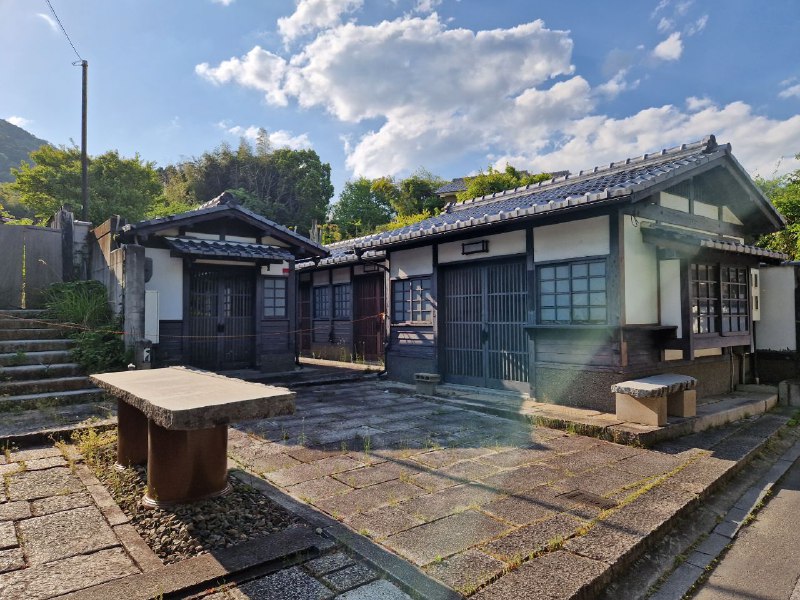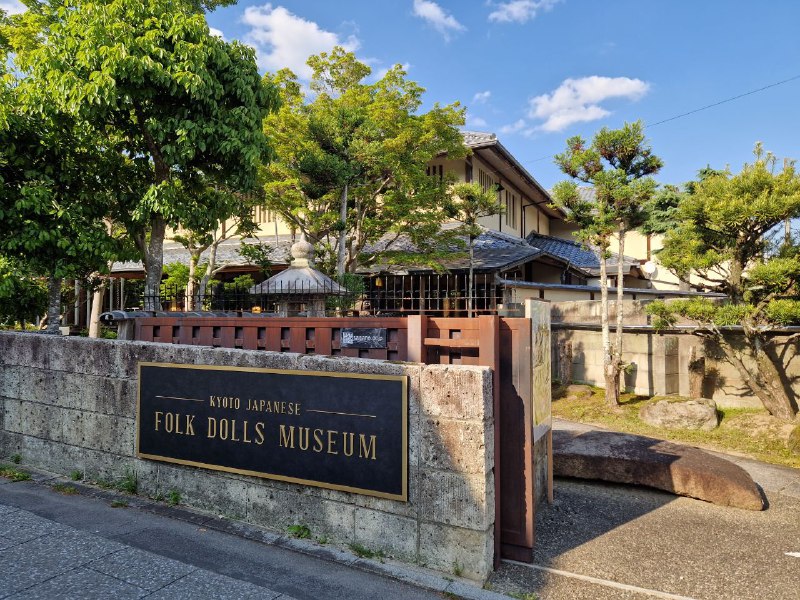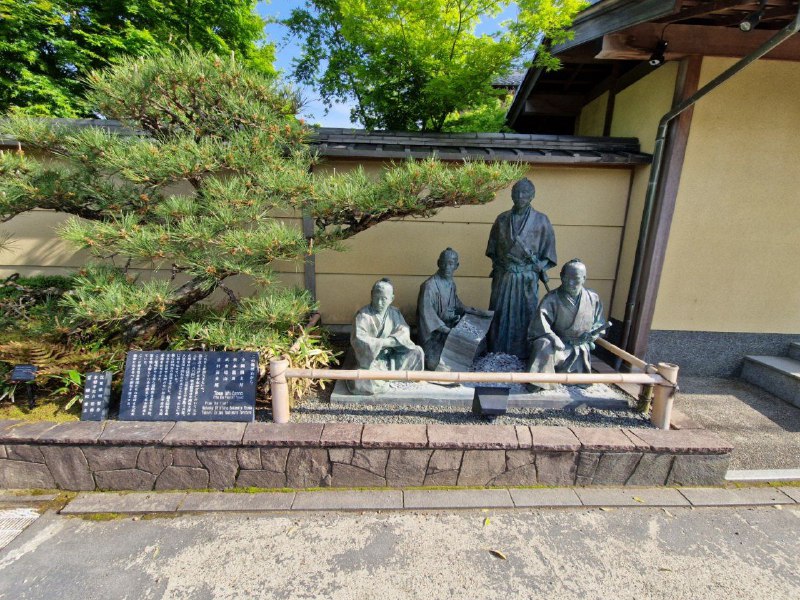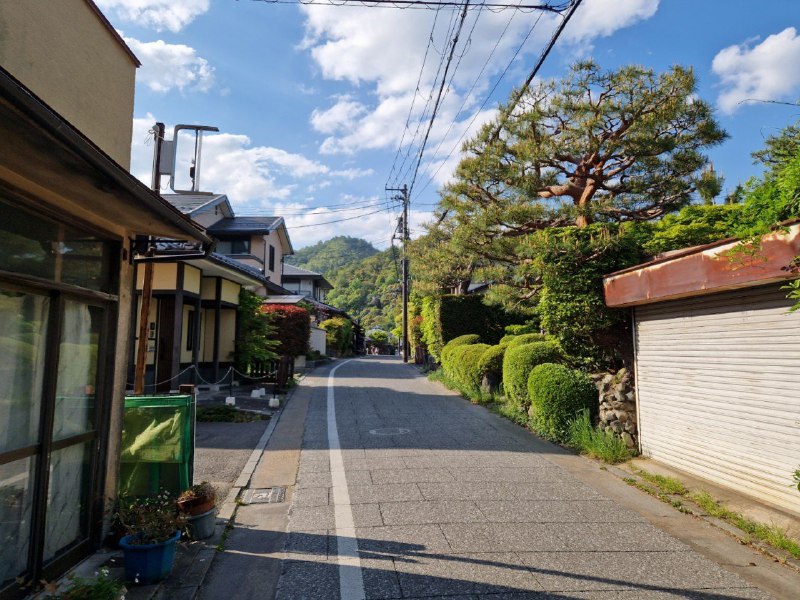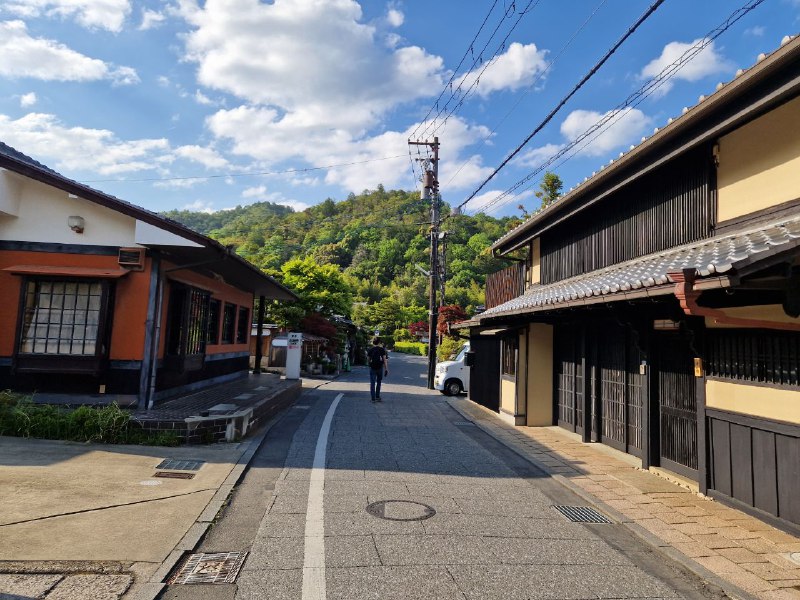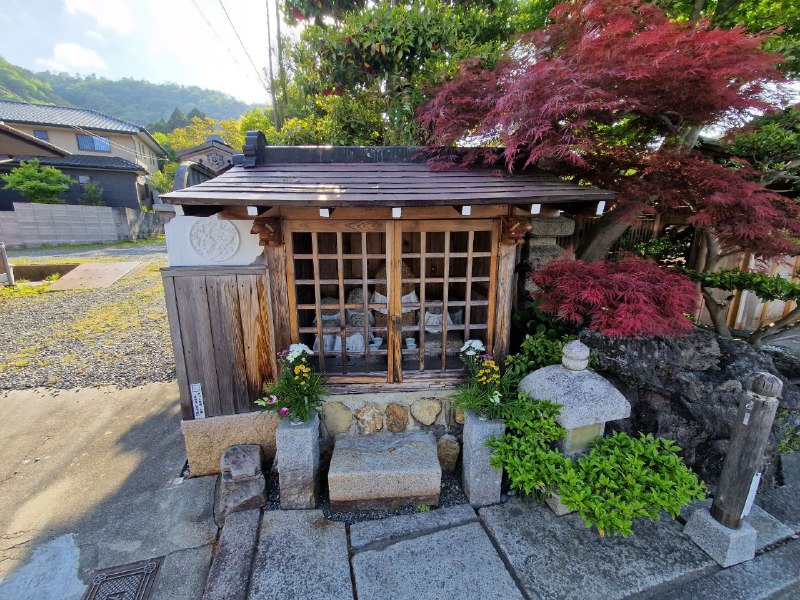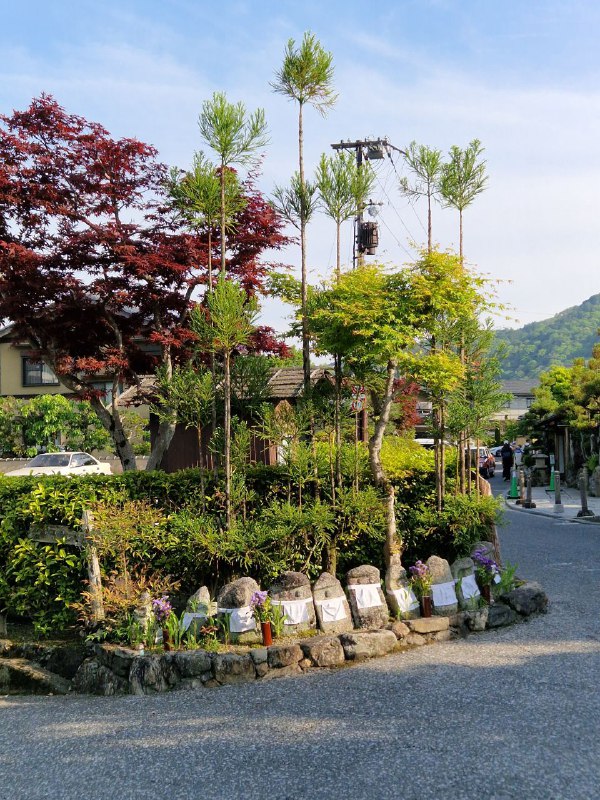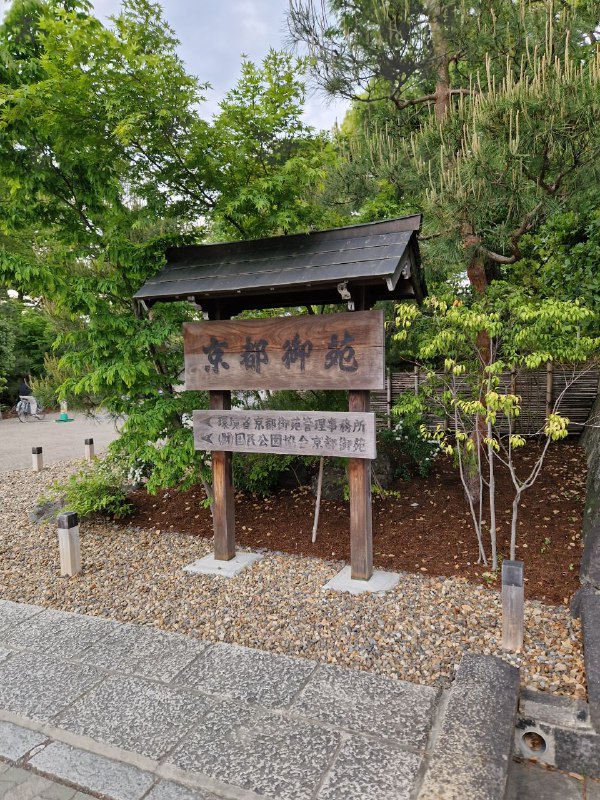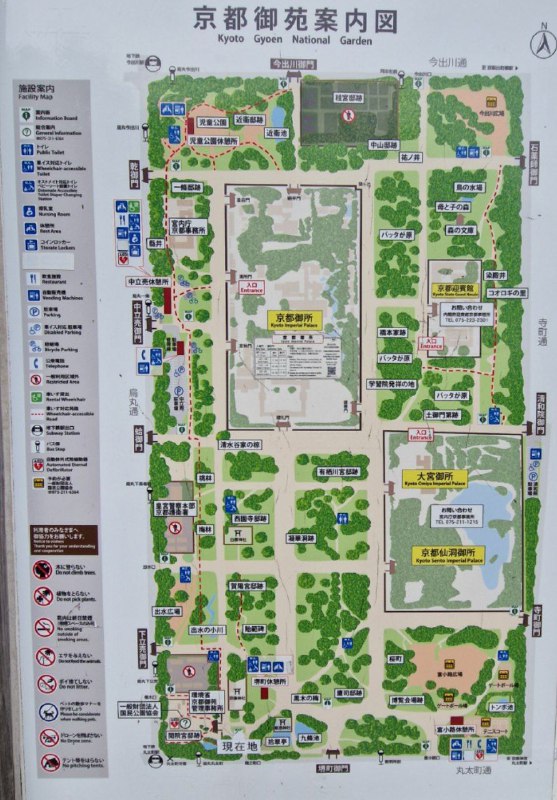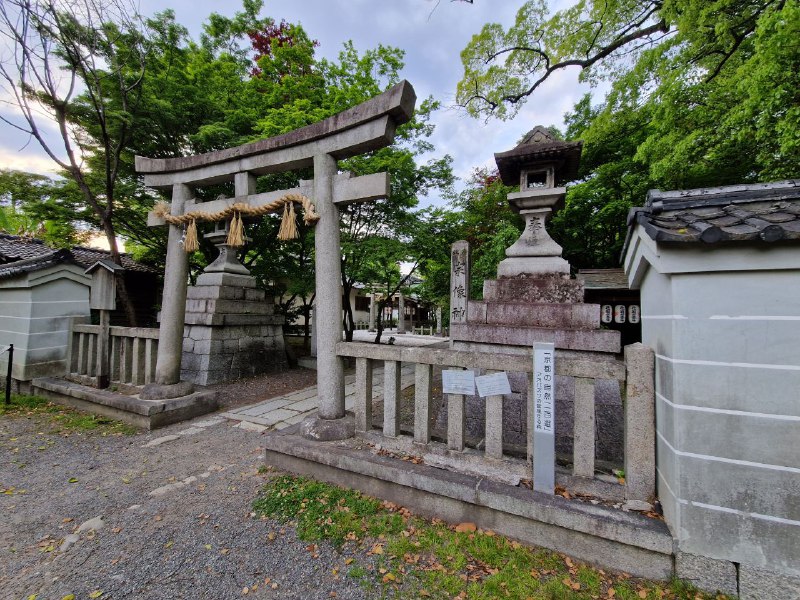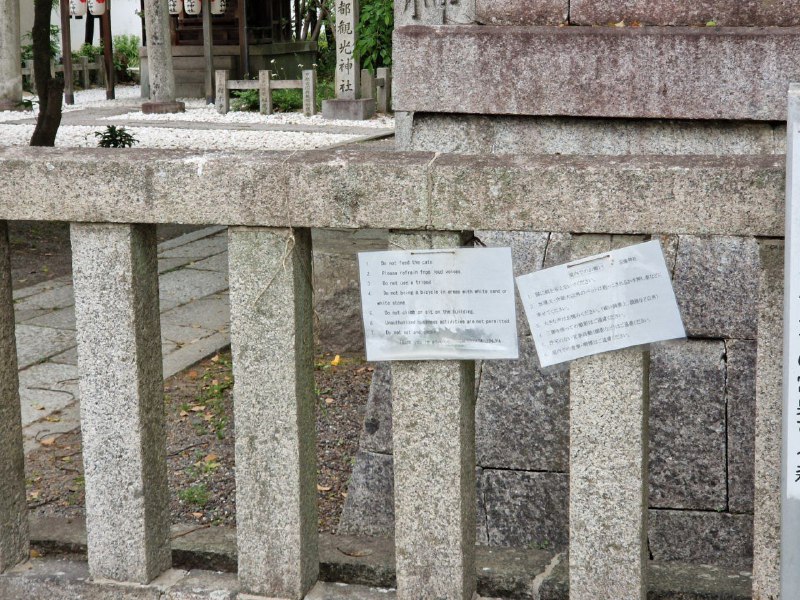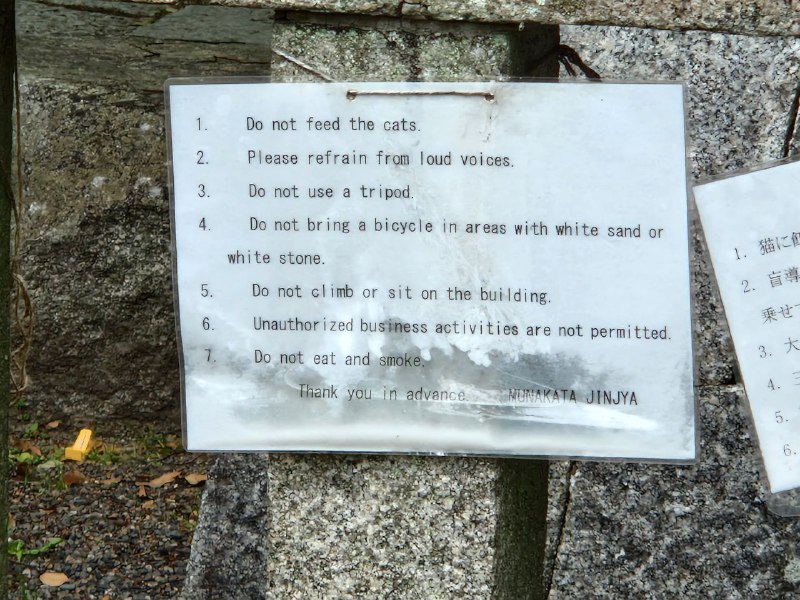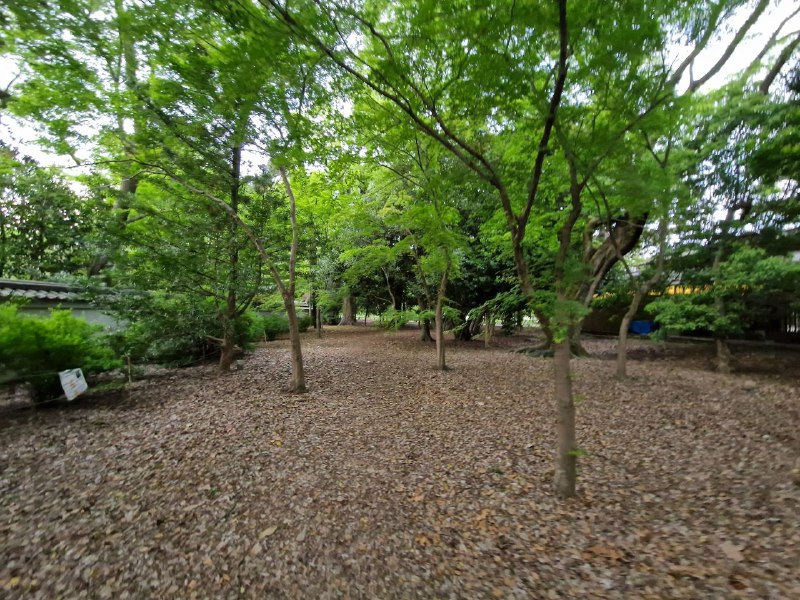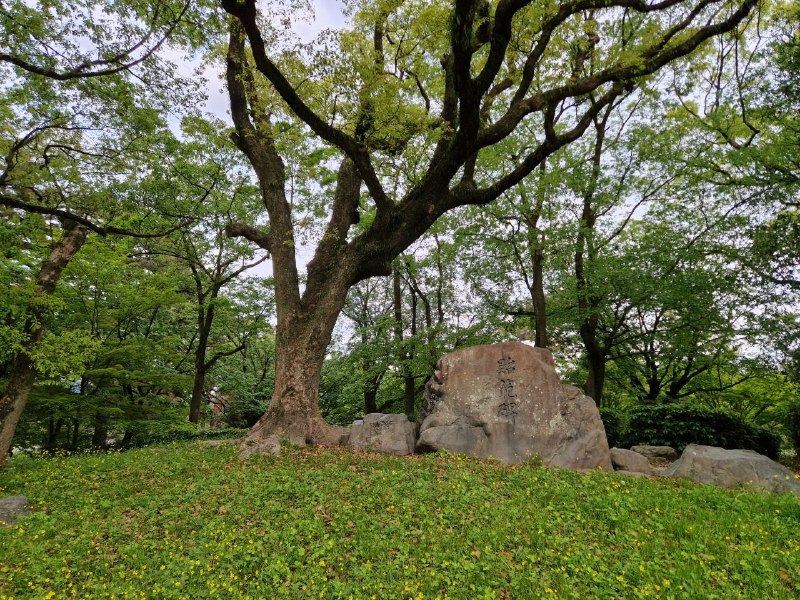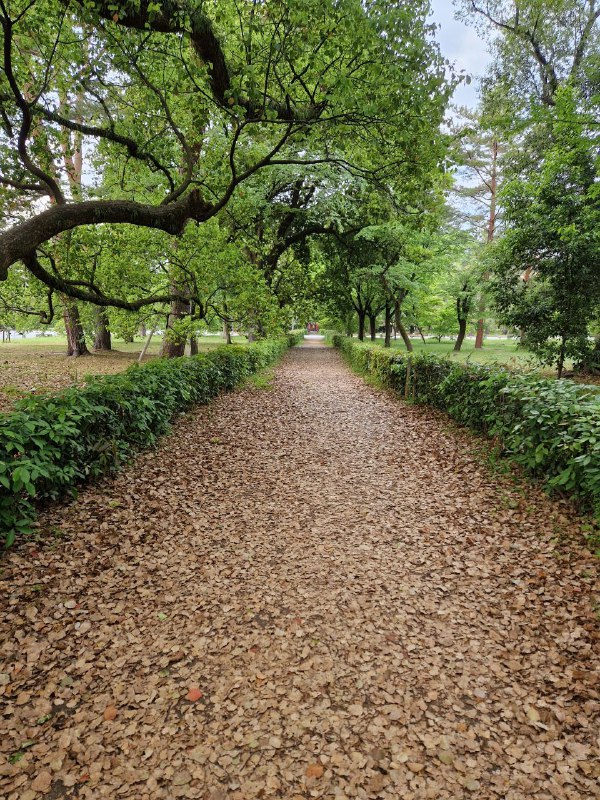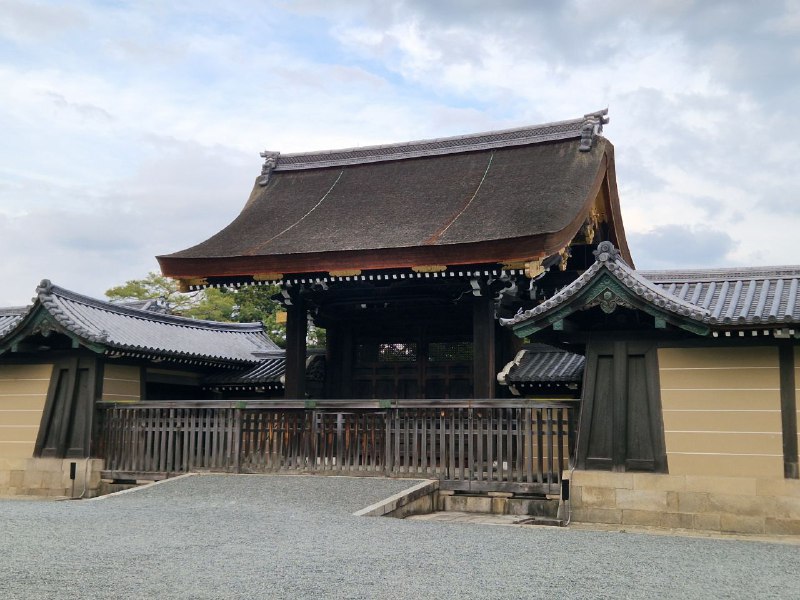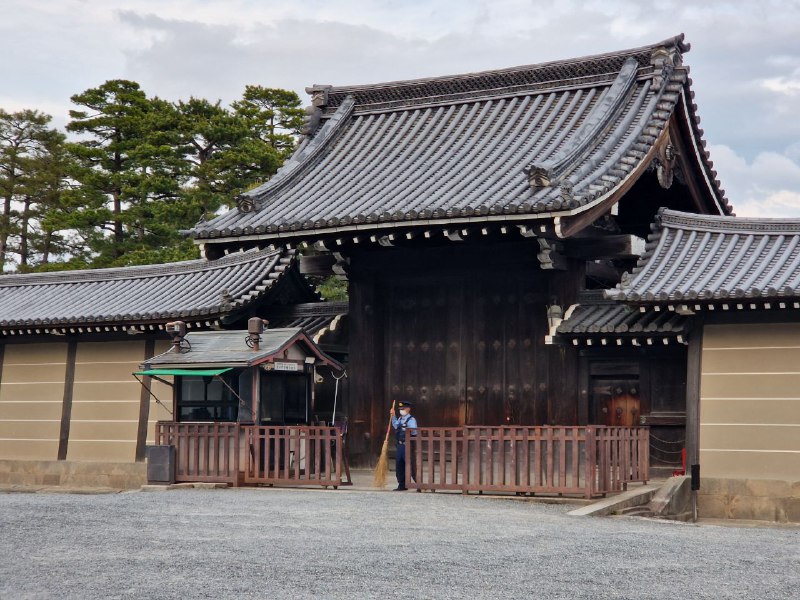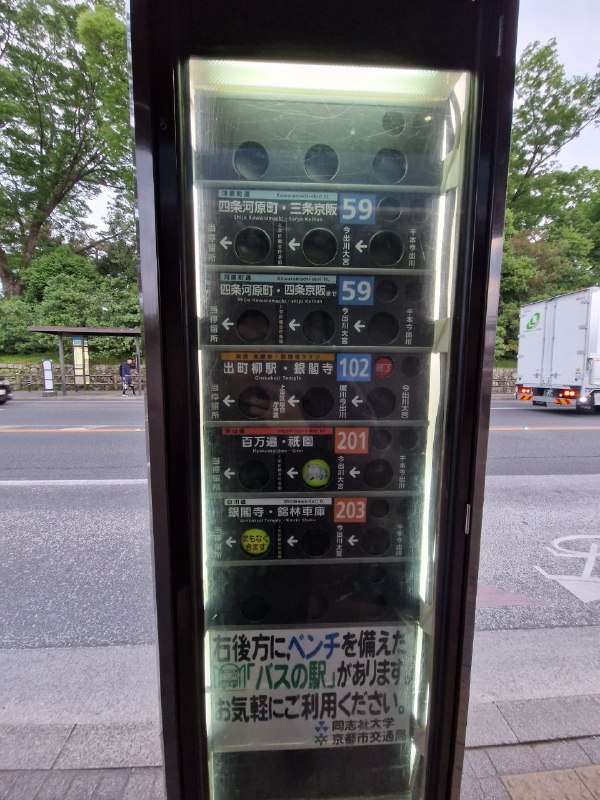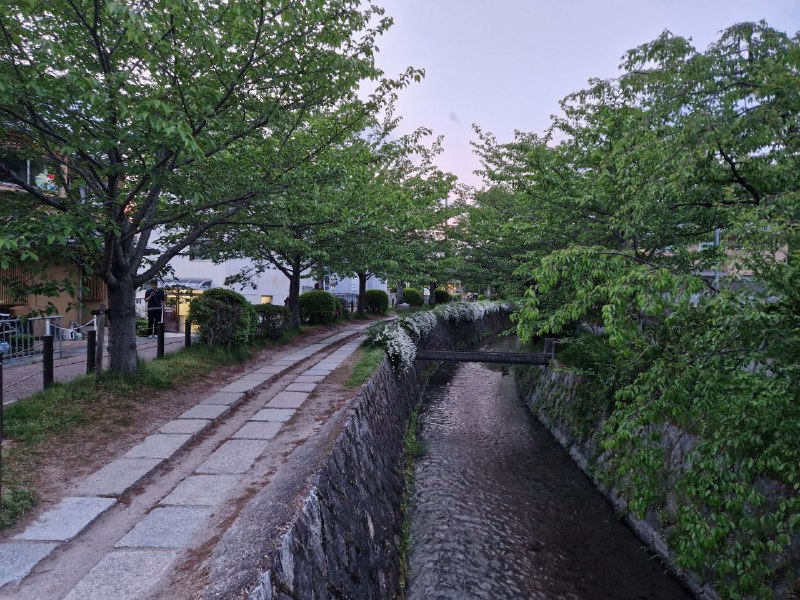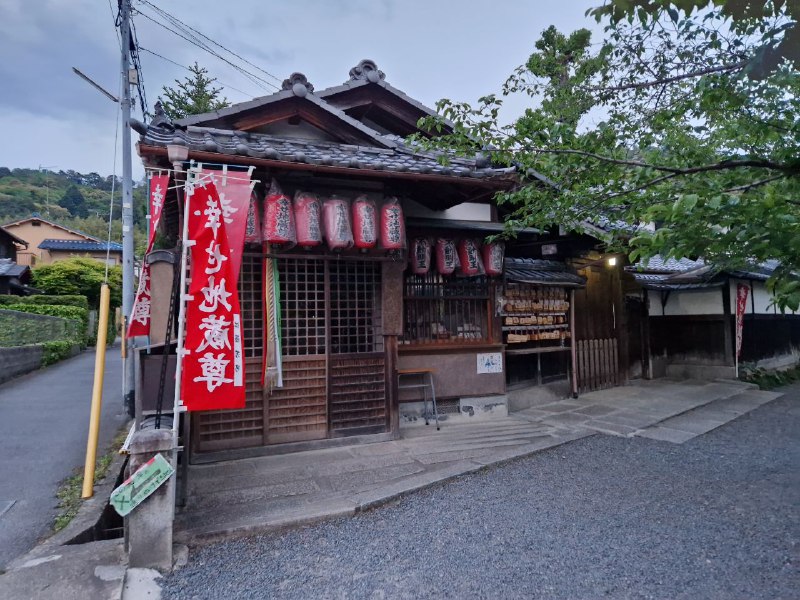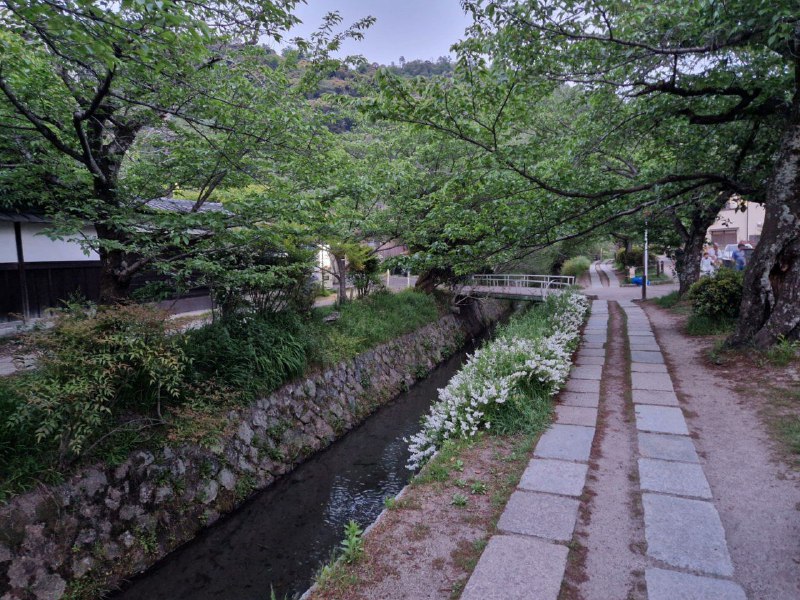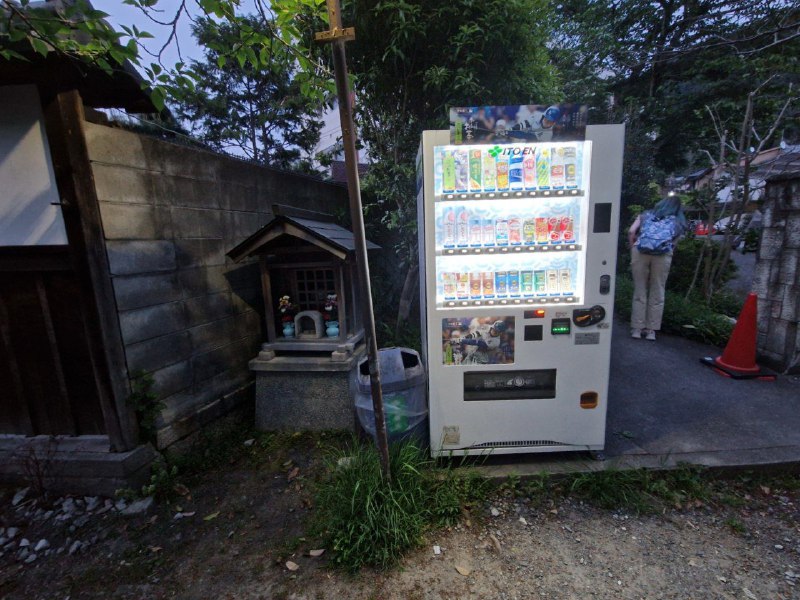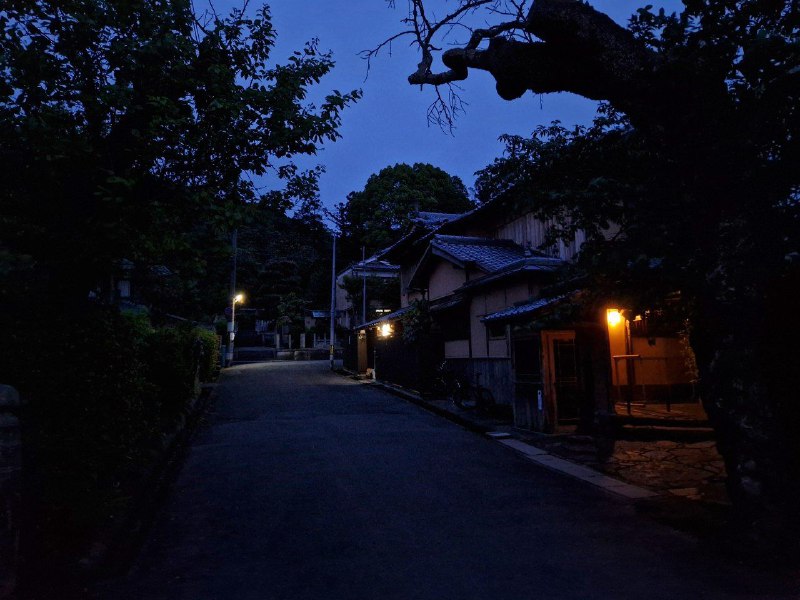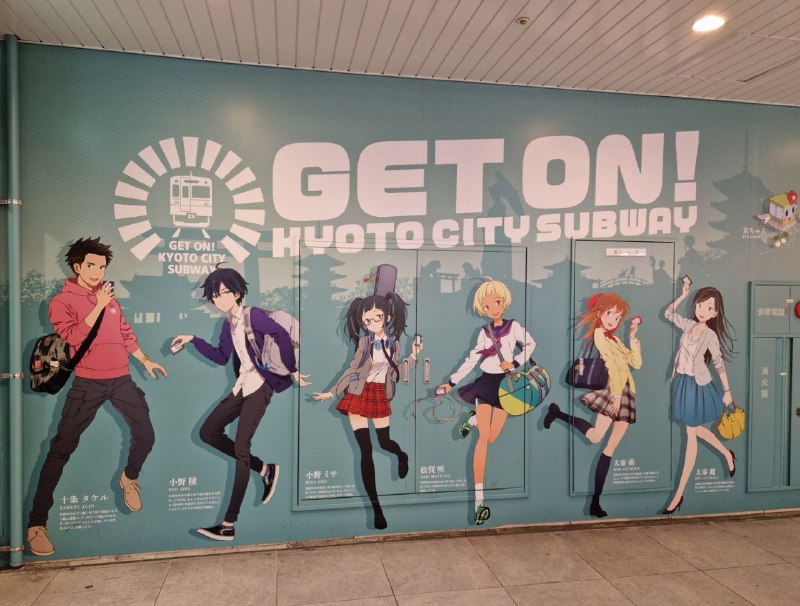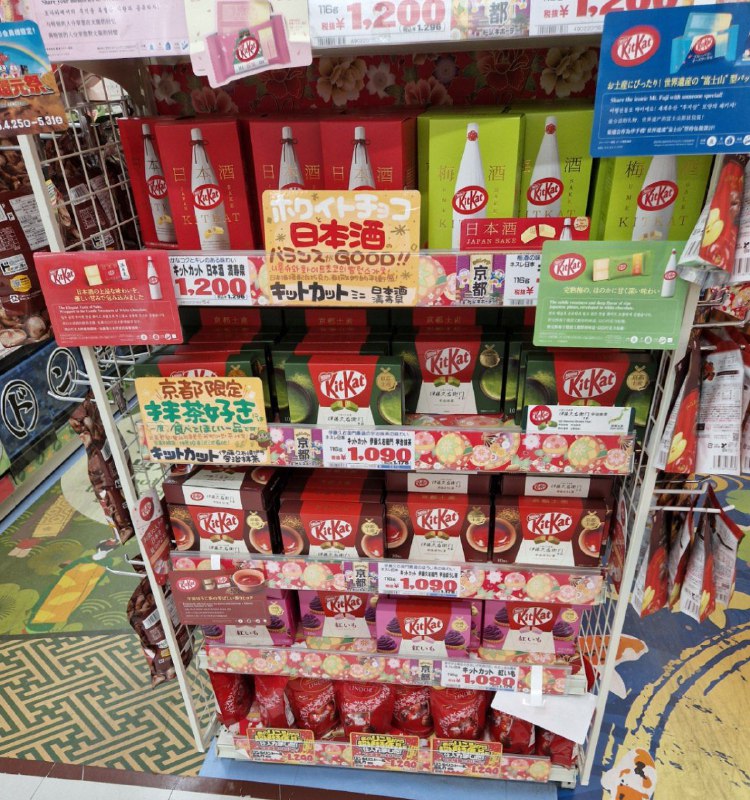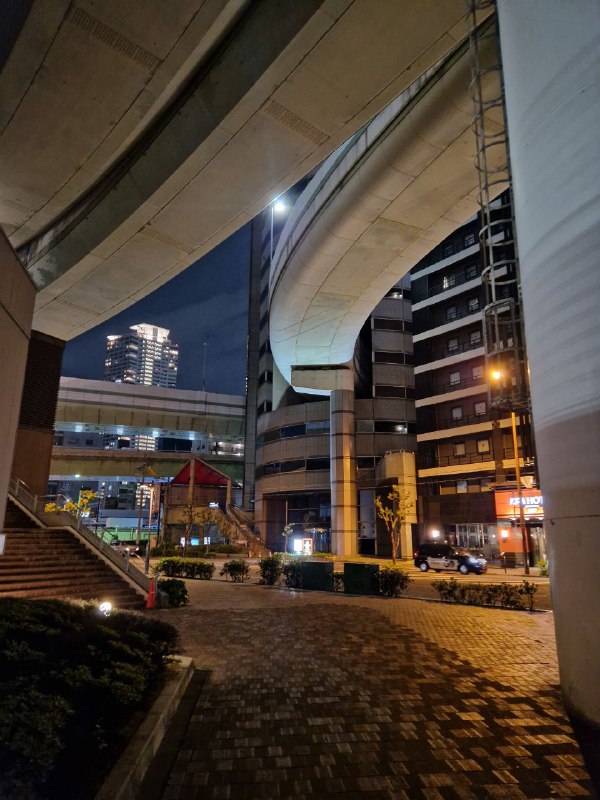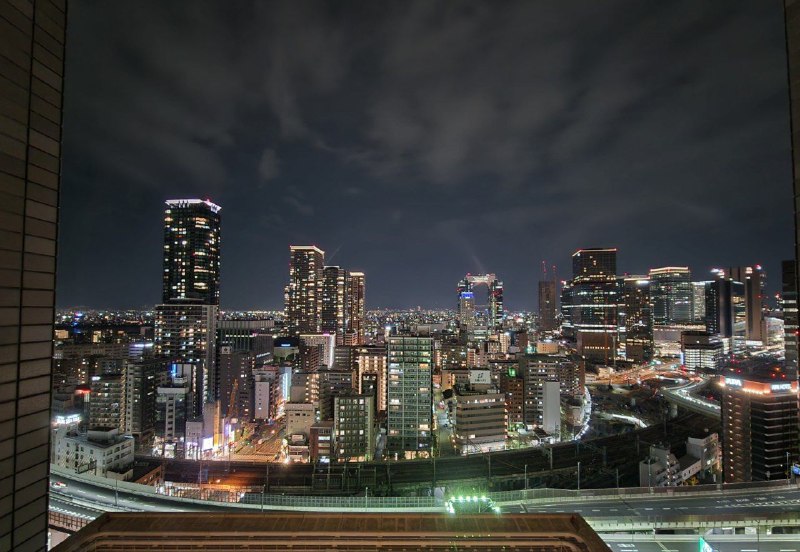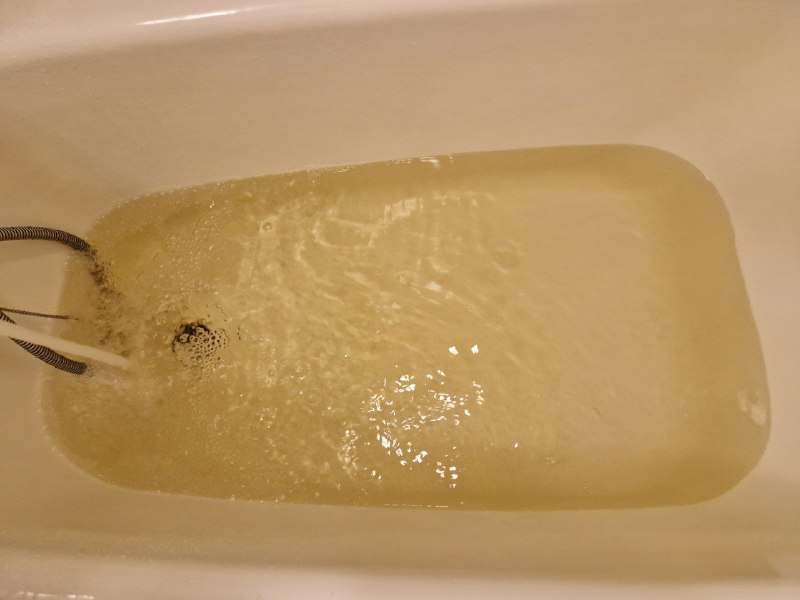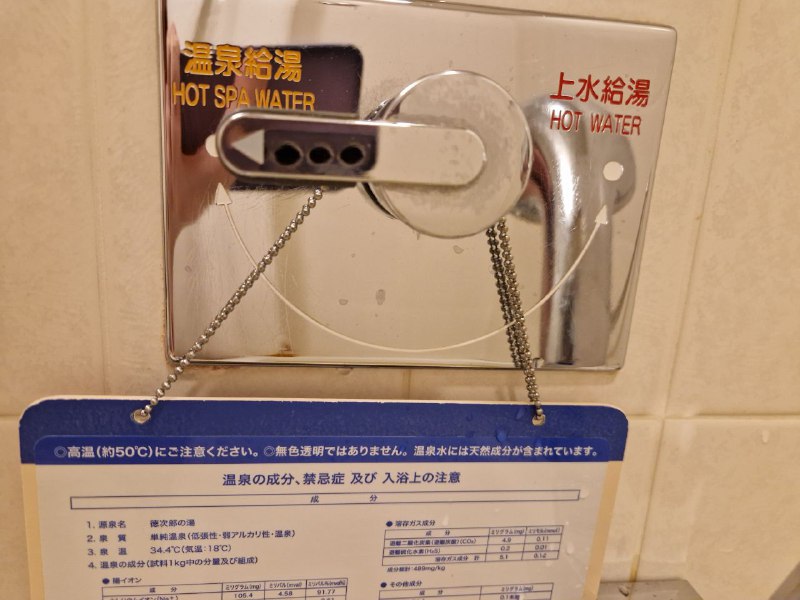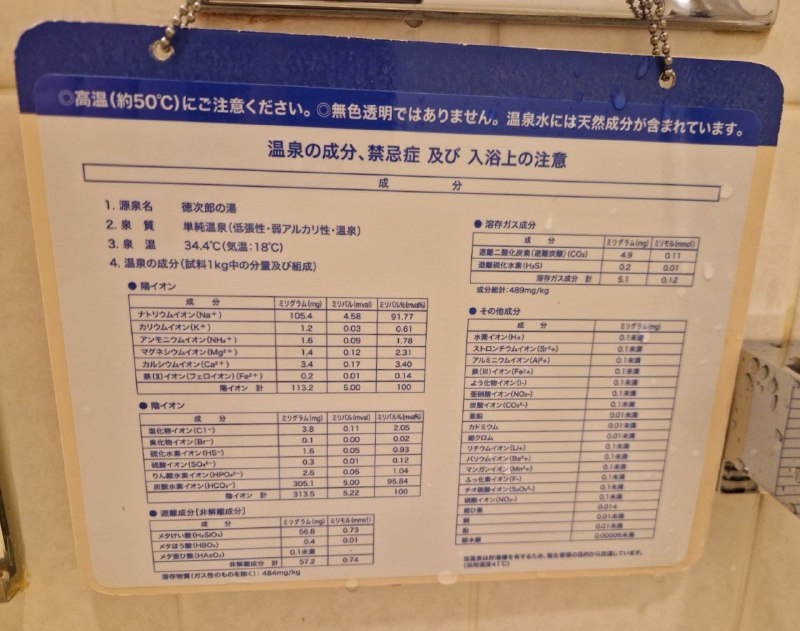Strictly optional!
Seems to be an ok brief overview of the history of Japan: https://japancitytour.com/japanese-history-overview/
Definitely should help to understand when was Edo period and when was Meiji and when was Heian :)
Seems to be an ok brief overview of the history of Japan: https://japancitytour.com/japanese-history-overview/
Definitely should help to understand when was Edo period and when was Meiji and when was Heian :)
Shinkansen is a good opportunity to enjoy views of Fuji from different sides
It's very big
Welcome to Kyoto~
"Kyoto" means "Capital city", and you can tell it was meant to be regal.
Kyoto used to be the capital of Japan for hundreds of years (mostly, sometimes the capital moved to neighbouring cities for a few decades). Only in the late 19th century the capital was moved to Tokyo ("Eastern capital"), so Kyoto still holds a lot of the royal spirit.
"Kyoto" means "Capital city", and you can tell it was meant to be regal.
Kyoto used to be the capital of Japan for hundreds of years (mostly, sometimes the capital moved to neighbouring cities for a few decades). Only in the late 19th century the capital was moved to Tokyo ("Eastern capital"), so Kyoto still holds a lot of the royal spirit.
Kyoto doesn't have very tall buildings, so its Kyoto Tower feels remarkably tall, compared to the area around.
Kyoto tower is a famous dating spot in anime, because it's iconic and it's very close to the train station.
Kyoto is full of tourists, so we try to go to a
less touristy place in Kyoto by taking a local train. Oh hey, it's a
shrine on the roof of a building
Kyoto has endless amount of shrines and temples. You probably need a month to check all of them out.
(There are over 400 shrines and over 1600 temples, says Google)
(So, you need to visit 66 shrines and temples a day to view them in a month)
Our first destination for the day is still a
very touristy area of Arashiyama (Thunder Mountain). Perhaps this is
why there is a vegan bento place at the station. Gochisou sama deshita
("thanks for the food")
Even in a touristy area we tried to avoid the crowds as much as possible.
Kyoto's official seal looks suspiciously similar to Tokyo. Can you see 京 in it?
Arashiyama park and Katsura river views are
almost breathtaking. However, one glance at the Thunder bridge ahead,
and we understand that avoiding the crowds might be difficult...
Look at all those tourists crossing the bridge to see the monkey forest! This is where we will NOT go, then...
Perhaps, when K-On! was made, the area had
fewer tourists? Probably not, this town was added to the tourist
guidebooks 300 years ago.
Oh hey, the first can of Diet Pepsi we found in
Japan is a special Kansai-limited edition (Kansai being the name of the
big region around).
This is a Beautification Enforcement Area. We
expected stylists, hairdressers and make up artists to attack us and
doll us up in kimonos, but no, it is only related to littering on the
streets.
Avoiding the crowds was easier than we thought.
The whole neighborhood used to be the temple grounds for Tenryy-ji, the
highest-ranked temple in Kyoto and the most important Buddhist temple
in one of the two dominant Zen sects. Just take a smaller road, and
you're bound to find something interesting. This is a garden with the
statues of all the monks that achieved their enlightment around this
area. I think there are over 1000 statues like that around the
neighborhood.
It's not a suprise, is it? The monastery has
been originally founded in Heian period, then fell in disrepair in the
next few hundred years, and was rebuilt anew in the 14th century. The
buildings were destroyed by fires again and again; the current buildings
are late 19th century replicas, but the temple grounds and this Zen
garden were maintained at least since the 14th century.
This sea of stones represents suffering, and this stone ship is here to guide the souls to the other side.
This sea of stones represents suffering, and this stone ship is here to guide the souls to the other side.
And three other imposingly big stones are Siddhartha Gautama ("the Buddha", the Buddhism founder) and his two disciples.
The garden is tranquil and doesn't have any tourists at all. There is even a tea room serving matcha tea, and yet.
There are many, many more statues of the monks
outside of the garden. Some seemed to be drinking when found
enlightenment; some were refusing the offer; some either danced or were
riding a Kyoto underground (see this guy in the middle?) 😜
All the tourists, literally all the tourists,
were crowding at the main building of the temple complex, at the
Tenryy-ji temple. Yes, yes, very pretty, much culture, designated UNESCO
site, awesome stuff. But I feel like going there as yet another tourist
would make a disservice to the temple.
The temple grounds are very pretty, especially the "no entry allowed" areas.
The temple next door is Kogen-ji. It is also a
14th century temple, it has a very pretty but small Zen garden, a large
collection of old paintings (no photos allowed), a list of all the head
priests (dozens!) since the foundation, and the pillars that were sliced
by samurais during the Kinmon rebellion during the Meiji rule ("hey
let's kill all the foreigners! Oh no, it didn't work out, let's set
Kyoto on fire then" was the gist of the rebellion)
The gates of the temple complex
And yet another gate
There's a must-see place in the area, the
bamboo forest. Unfortunately, it was full of tourists, but we decided to
bite the bullet
Tourists aside, it's quite spectacular. But
there are so many tourists it is basically impossible to stop and enjoy
it, the human river carries you ahead
And then suddenly most of the tourists
disappear when you emerge from the forest into the Saga village. We were
hoping to see a super awesome temple Adashino Nenbutsu-ji in the area,
but it closed earlier than we thought. Might as well take a stroll
around the preserved streets of the village.
The vending machine had our first Skal, again,
Kansai limited edition with apple (1% of apple juice but it really
tastes like apple, how)
(Skal is a carbonated milk drink, the drink of Robotics;Notes)
The preserved street is very, very pretty. Even the rubbish bins.
This is a hut of 17th century poet Mukai Kyorai. The place feels a bit like a village.
A tanuki shop. Tanuki are bringing the good luck, and they always depicted as if they have enormous 金玉
Yet another temple.
The street has its fair share of old buildings, but it mostly caters to tourists: cafés, souvenirs, pottery
There's a folk dolls museum; seems interesting,
but we're too late. If shops in Akihabara open at 12, temples and
attractions in Kyoto sometimes open at 6 (but close at 4 PM).
Four samurais?
A few more jizou statues in a mini shrine
And some more jizou
Time to go someplace else! A short train ride
followed by an underground train brings us to the Imperial Garden. This
area used to be the outer court of the Imperial Palace, but the place
fell in disrepair after the capital was moved to Tokyo, and Meiji
ordered to rebuild all the outer palace into a park.
There are still two imperial palaces and a palace for important guests inside of the the park. They're open to tourists, so the area is ridiculously busy during the day. In the evening though? No one is here.
There are still two imperial palaces and a palace for important guests inside of the the park. They're open to tourists, so the area is ridiculously busy during the day. In the evening though? No one is here.
The garden is roughly 700 * 1400 meters. Many shrines inside.
This shrine has a list of rules for the visitors attached to the wall
Wait what
Rule number one: do not feed the cats
There was a lady behind the shrine vigorously
petting a cat. We did not see her feeding the cat, so perhaps she is
following the most important rule.
The park is big and pretty. It doesn't have
much of landscaping happening, but the vibes are still nice. Somehow
there are dry leaves on the ground, it feels a bit like autumn.
Cycling within park is allowed, which is also nice.
Cycling within park is allowed, which is also nice.
There's a memorial stone to a cool prince. The
prince had a radical idea of "hey let's not kill foreigners maybe?" for
which he got himself exiled first and revered later.
So many leaves on the ground!
The park feels ridiculously big, especially for
a Kyoto where high-rise buildings virtually do not exist. Oh hey, a
baseball team?
The imperial palace was closed for the day. All
its gates are of different styles. The first one seems to have a
thatched thatched-like roof that still looks regal.
Let's catch a bus to our next destination. The
bus stop shows where the next bus is; it uses a system with flip-cards
turned by electric magnets. Unique?
The Philosophers' Path. It is a path along a
cherry-lined channel that was used by Kyotu U professors Kitaro and
Tanabe for their daily exercise. It is probably very pretty during the
sakura blossom season.
The path branches into endless shrines and temples, big and small.
It's kind of pretty, and very tranquil.
A tiny shrine next to a vending machine. Why not?
Jizou are lined along the channel.
There are many shops and restaurants along the
path. One of the restaurants had a plate saying that it is booked for
the next two months. Huh.
It's getting late. Time to go to the hotel.
Kyoto City Subway has a whole set of characters to represent the benefits of the underground system. Each character explains different travel passes!
Kyoto City Subway has a whole set of characters to represent the benefits of the underground system. Each character explains different travel passes!
A shop nearby the station stocks all sorts of Kit-Kat, including two varieties with sake (and a local one with sweet potato)
Kyoto central station has a platform 0. It is used by the Thunderbird express train (it goes North, to Kanazawa)
Our hotel is actually in Osaka. Osaka, Kyoto,
Kobe and Nara are all very close, maybe 30 minutes by an express train
from each other. Osaka feels much more unhinged than Tokyo. Full of
skyscrapers, and even has a highway going THROUGH a building because why
not
The hotel we're in is 阪神 hotel - owned by the
Hanshin group. Hanshin group owns a bunch of railroads around ( Osaka 大阪
+ Kobe 神戸 = 阪神 HanShin), and hotels, and a baseball team Hanshin
Tigers. Here is the view from the hotel room - you can feel the Osaka is
vibrant and vibrating.
The water from the bath tap is slightly orange, but that's not a problem with the piping, no!!!
The hotel is built on top of a hot spring, and
it's possible to pipe the water from the mineral spring directly into
your room's bath tub. Very nice~
The water is full of minerals, and it's artificially heated from 34C to about 60C
All and all, it feels like we should try visit
some more of Kyoto... But we're here only for 3 more days, and all of
them are the part of the Golden Week, the biggest holiday season in
Japan. So, we'll see...
About Jizou: Japanese Jizo statues: ancient protectors of the trail - Oku Japan
https://www.okujapan.com/blog/japanese-jizo-statues/
https://www.okujapan.com/blog/japanese-jizo-statues/
Buddhist statues of enlightened monks (buddhas)
are called Rakan. Sometimes it's difficult to say whether the statue is
rakan or jizou
> Another purpose of the jizo is to protect
the spirits of children who have passed away. It is said that when a
child dies before their parents do, they are not able to cross the river
to the afterlife and so their days are spent making towers of stones to
help gain merit for their parents in their own afterlife.
Now the opening of Owarimonogatari and the torture of one of its characters makes more sense
https://youtu.be/6slgHkcpRoU
https://youtu.be/6slgHkcpRoU
